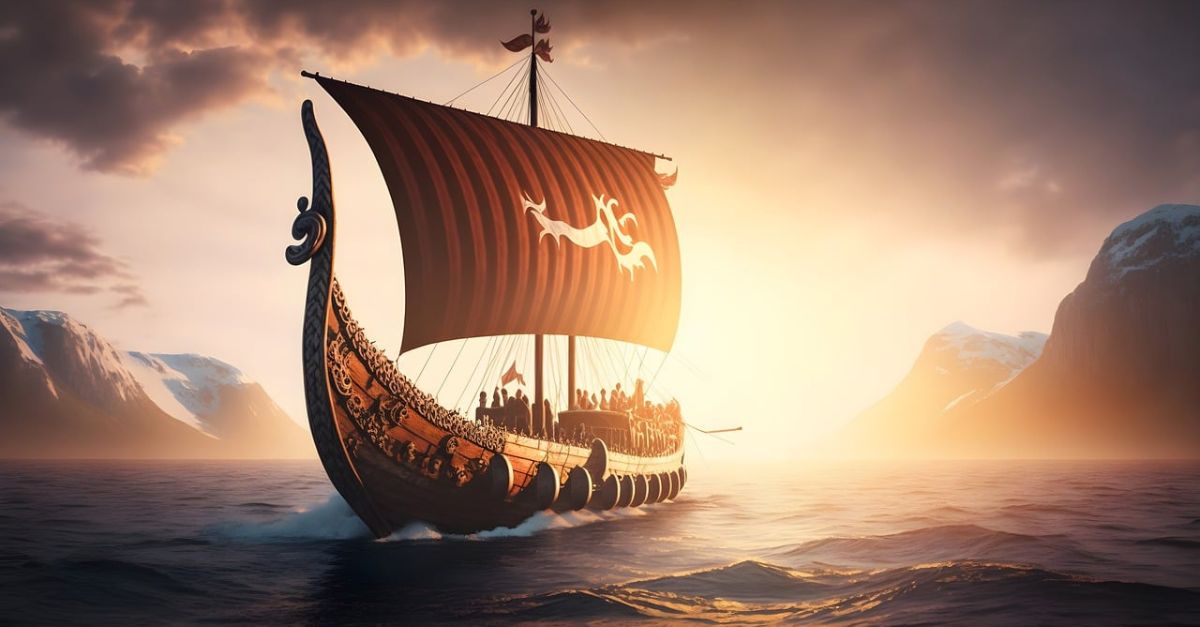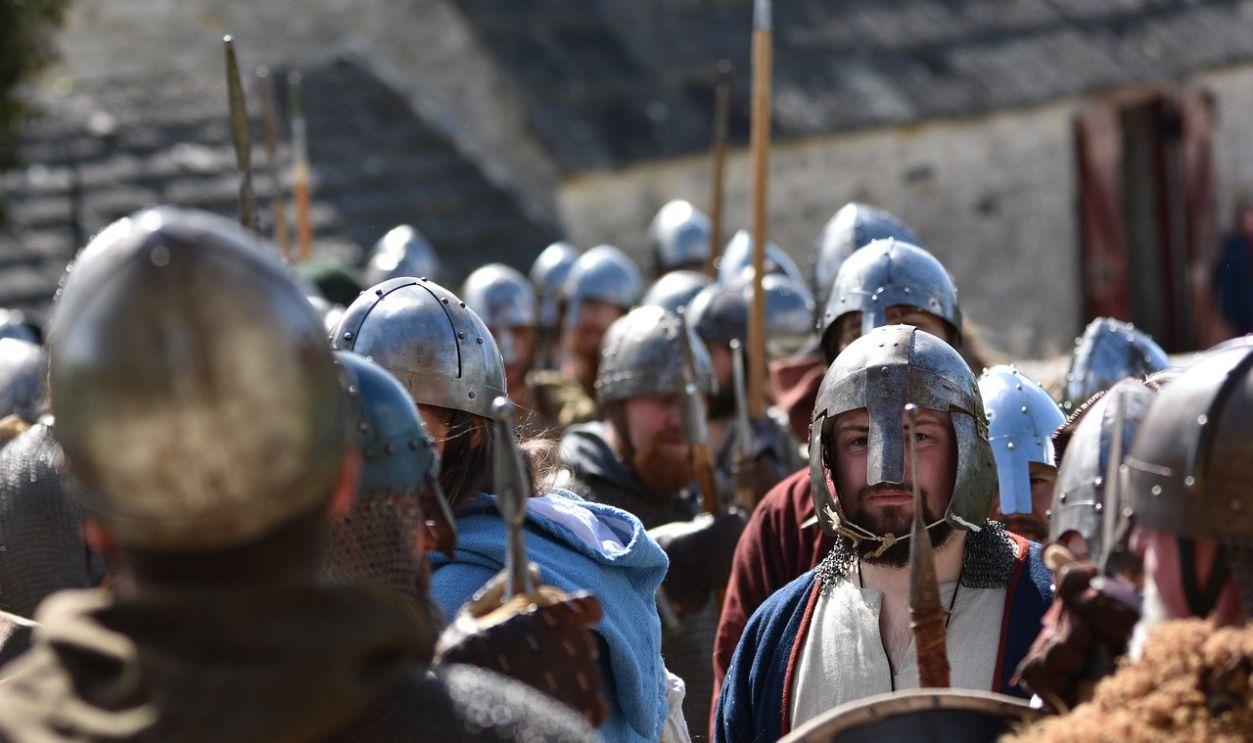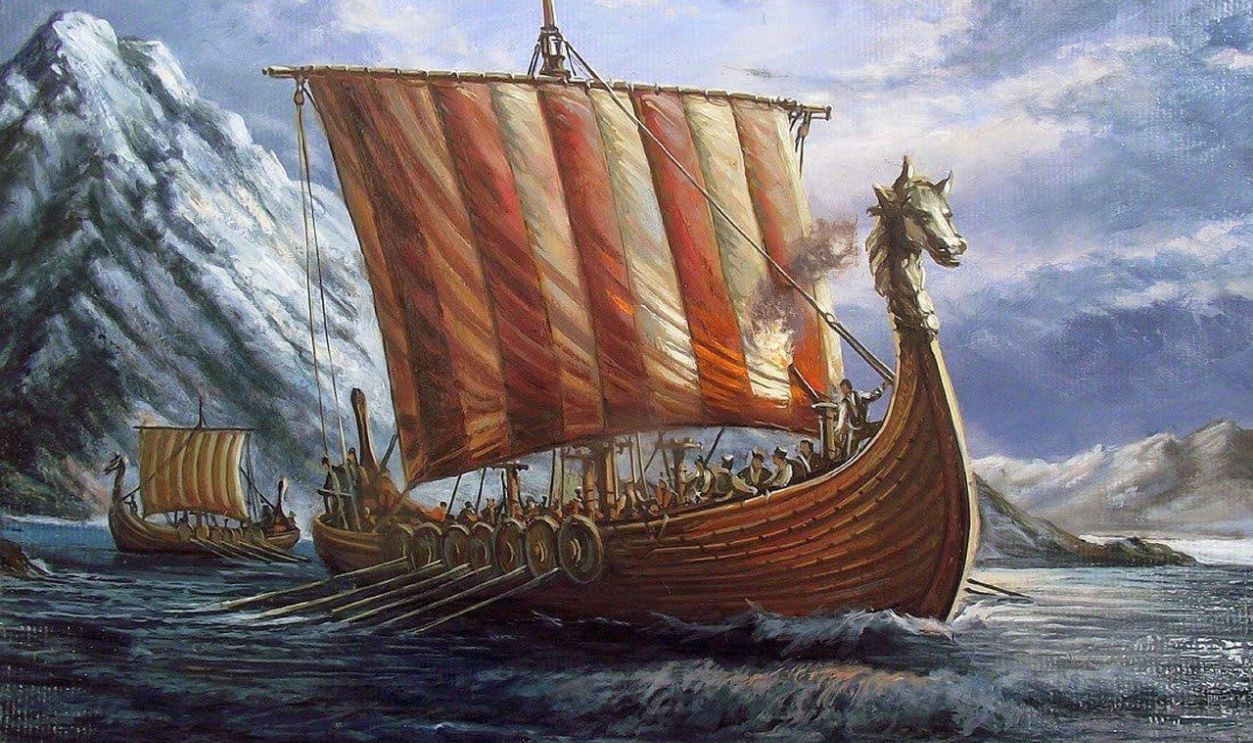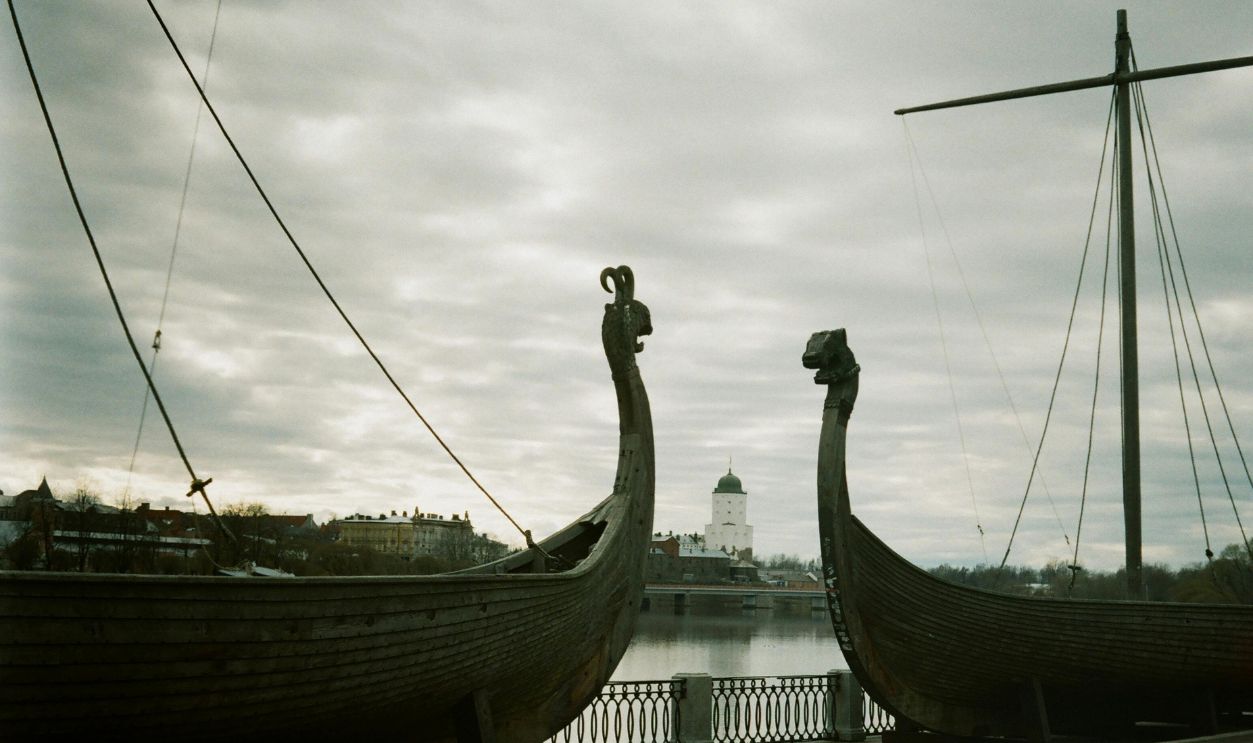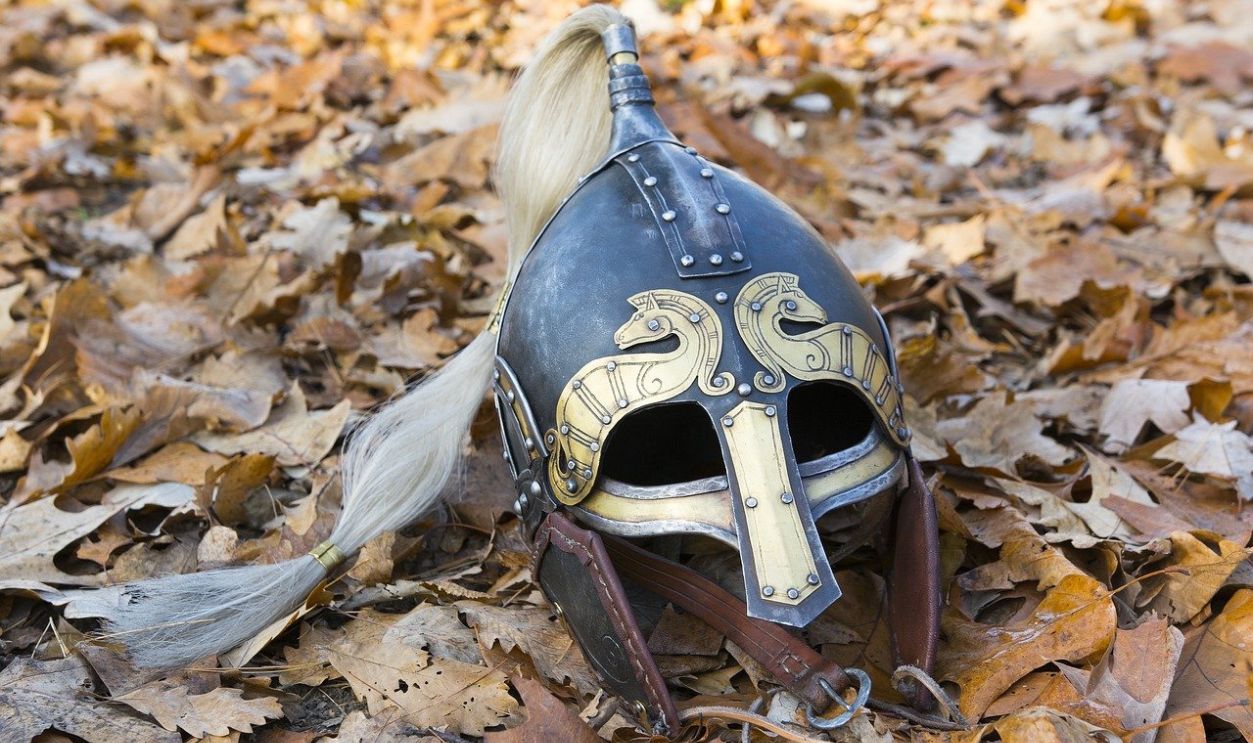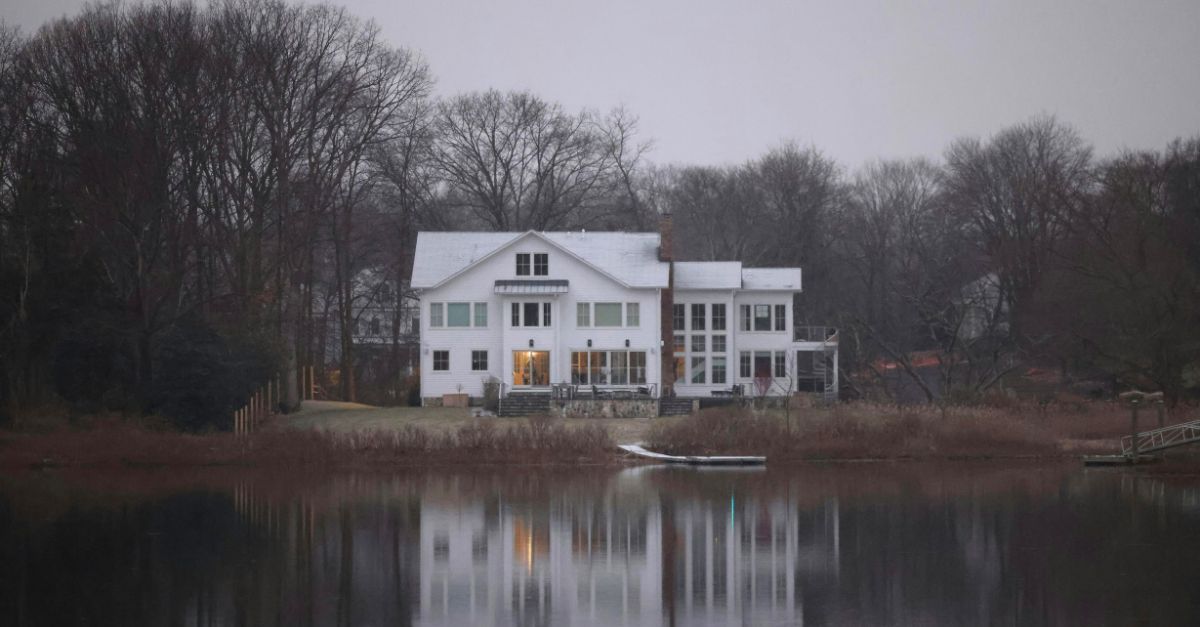The Great Viking Mystery
Imagine a world where burly Norse warriors discover a new continent—and then just... walk away. Wild, right? Get ready for a story into why the Vikings pulled the ultimate “not interested” move on North America. But first, an introduction.
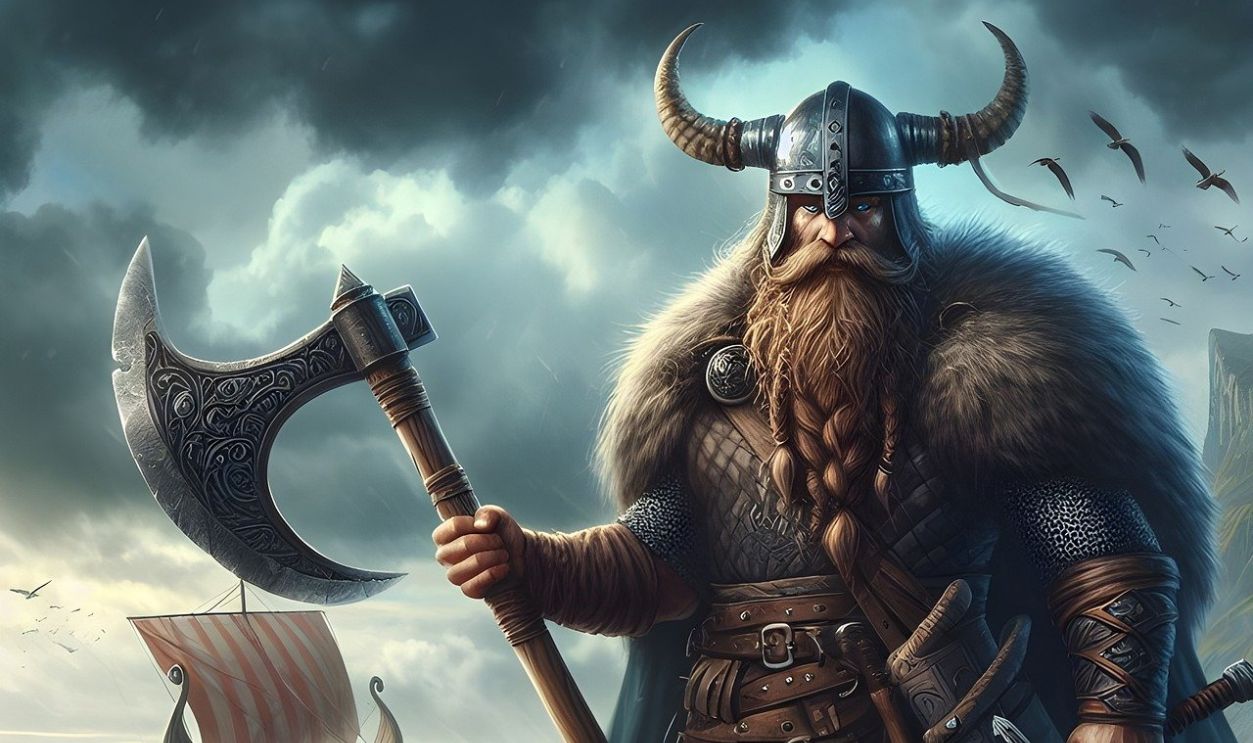
Who Even Are The Vikings?
Listen up, history nerds—ever wondered who these legendary Vikings actually were? Just picture this: It’s the late 8th century, and a group of Scandinavian badasses are about to change the world. We’re talking about Norse warriors from Denmark, Norway, and Sweden, who were basically the original adventure capitalists.
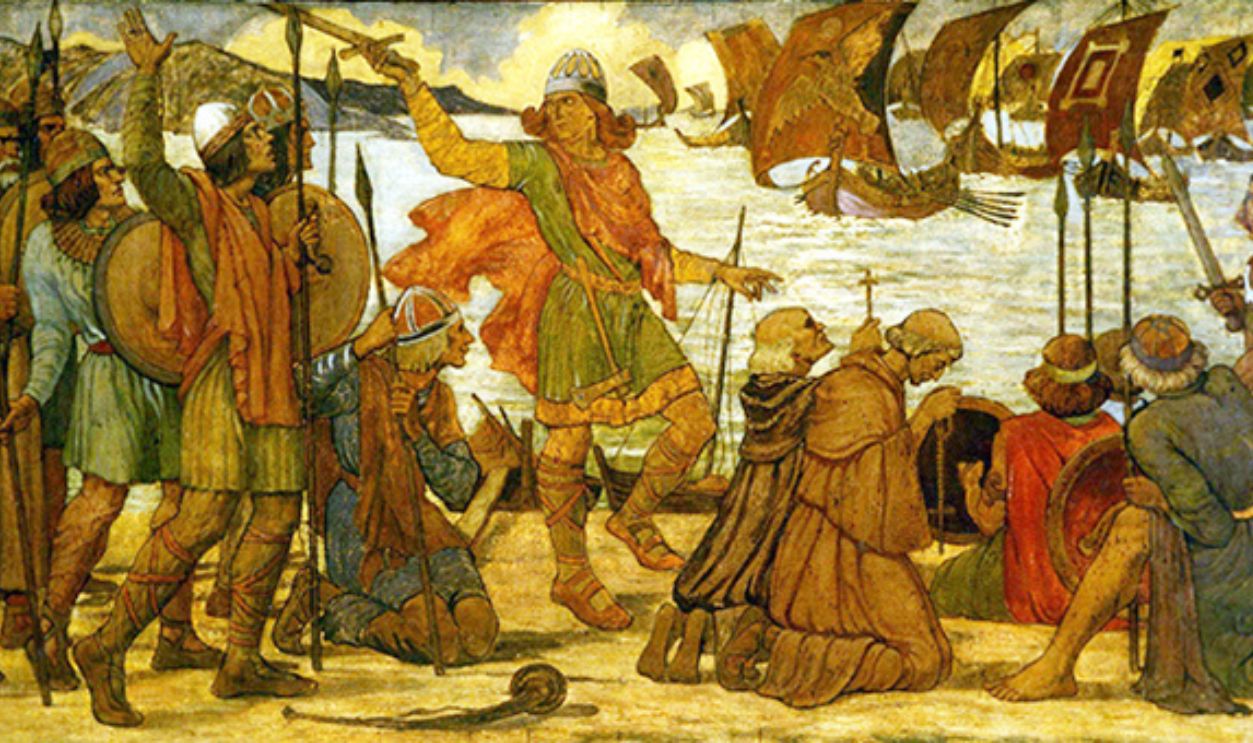 James Ward (1851-1924), Wikimedia Commons
James Ward (1851-1924), Wikimedia Commons
It’s Not What It’s Always Believed To Be
They weren’t just some random dudes with horned helmets (spoiler: that’s a Hollywood myth to make it a little more dramatic), but sophisticated seafarers with crazy navigation skills and a culture that was way more complex than “raid and pillage”.
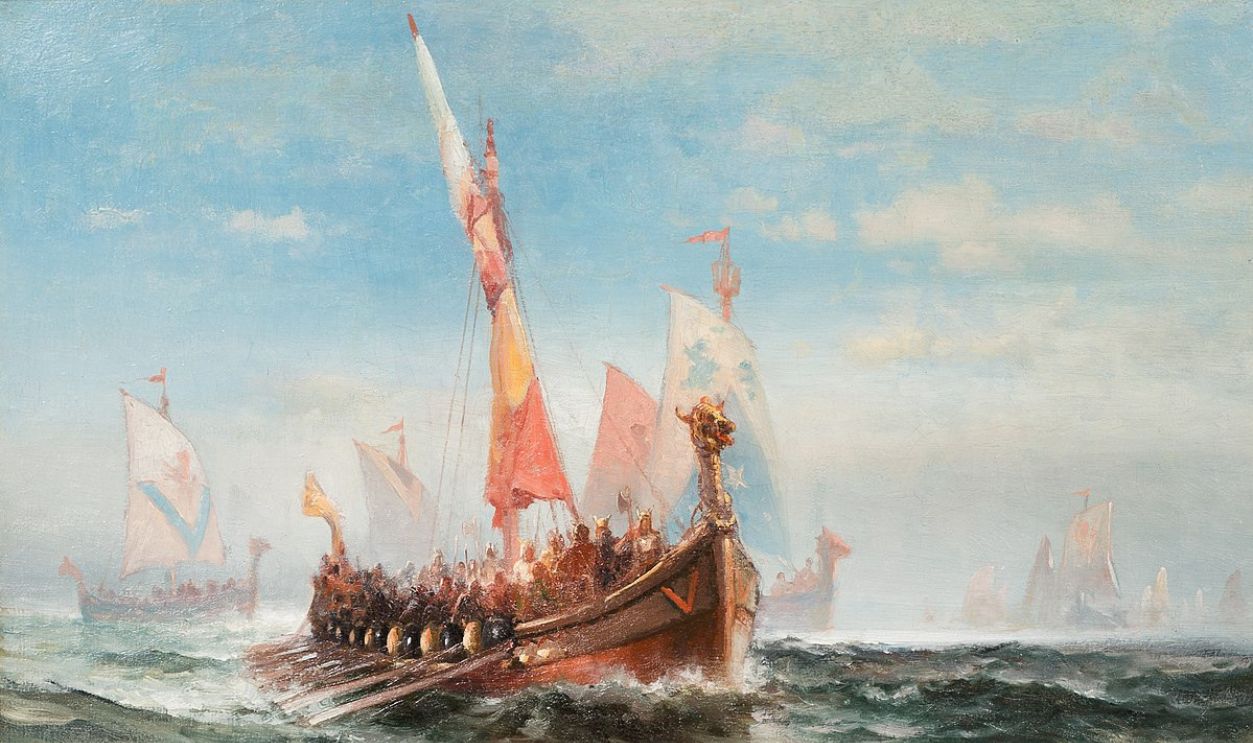 Edward Moran, Wikimedia Commons
Edward Moran, Wikimedia Commons
Viking Life: More Than Just Muscle-y Dudes With Axes
Quick reality check: Vikings weren’t just warriors. They were farmers, traders, craftsmen, and total tech innovators of their time. They could run a farm, build incredible longships, create intricate jewelry, and still have time to explore unknown territories.
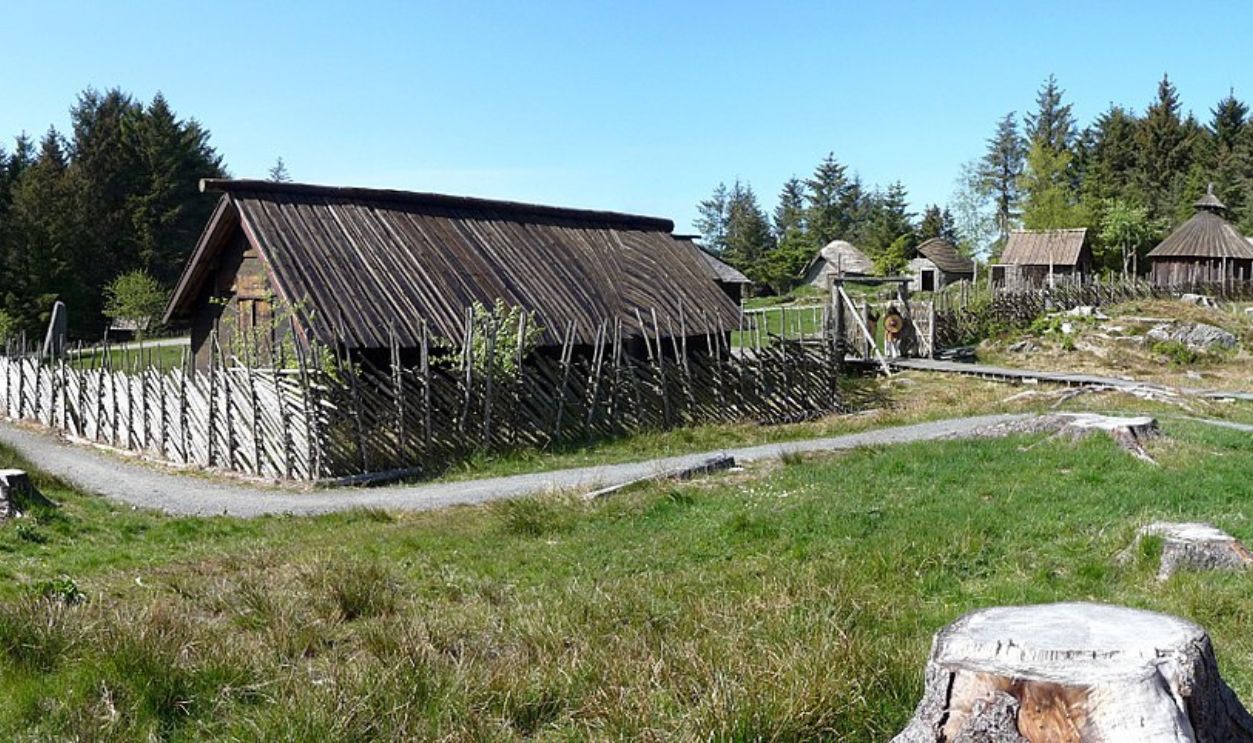 Mark Voigt, CC BY 3.0, Wikimedia Commons
Mark Voigt, CC BY 3.0, Wikimedia Commons
Jacks Of All Trades
These guys were the ultimate multitaskers! Their society was surprisingly democratic, with things like the “Thing” assembly where community decisions were made. Women had more rights than in many contemporary societies, and their social structure was way more nuanced than “big strong man makes all decisions”.
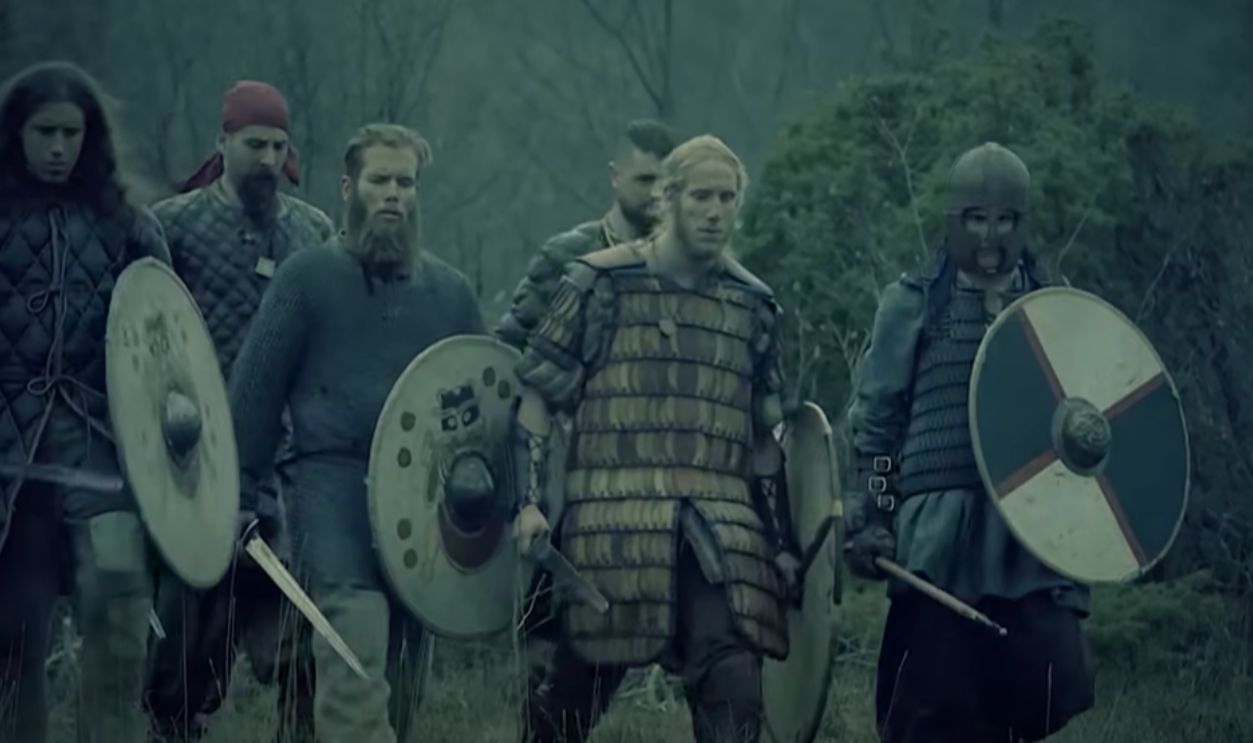 The Brutal Origin Story Of The First Vikings by Chronicle - Medieval History Documentaries
The Brutal Origin Story Of The First Vikings by Chronicle - Medieval History Documentaries
Could They Have Actually Colonized North America?
So here’s the million-dollar question: Could these Norse adventurers have turned North America into Viking Central? Short answer—it’s totally possible, but with some major asterisks. They’d already proven they could survive in tough environments like Greenland, so North America wasn’t entirely out of their league.
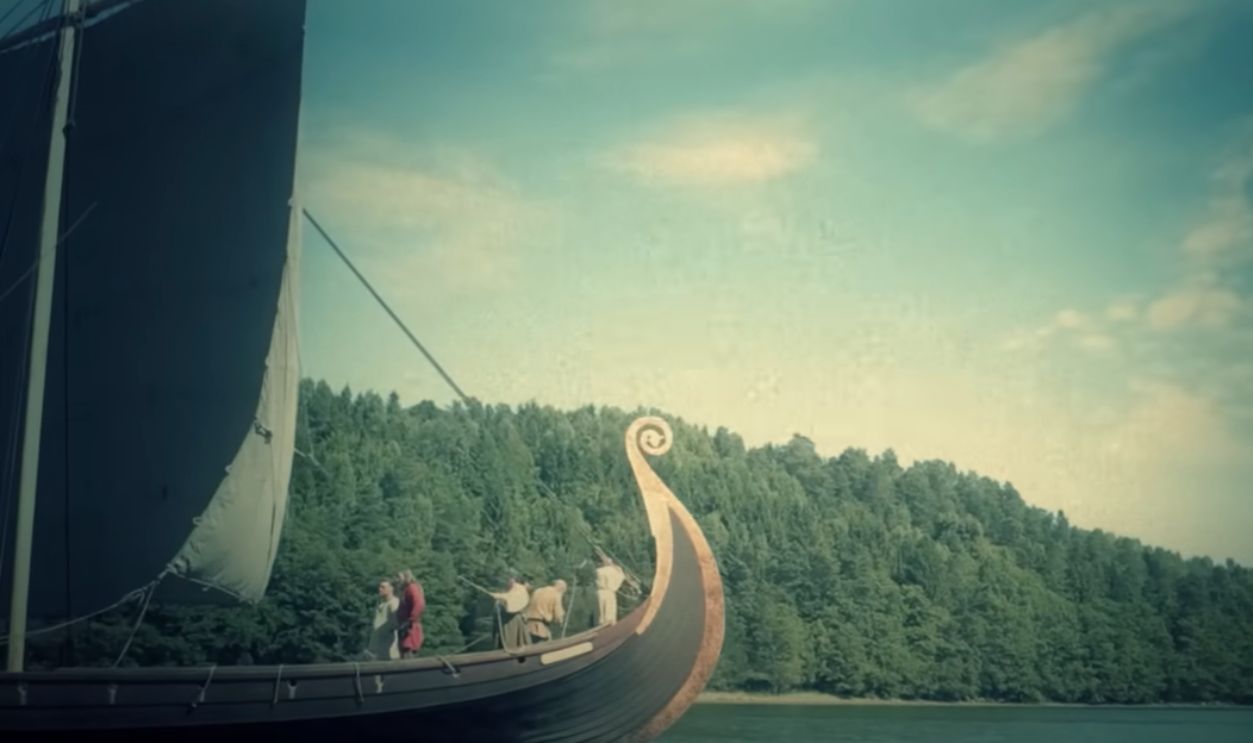 The Brutal Origin Story Of The First Vikings by Chronicle - Medieval History Documentaries
The Brutal Origin Story Of The First Vikings by Chronicle - Medieval History Documentaries
The Potential Peek
The archaeological evidence at L’Anse aux Meadows shows they definitely made it to the continent around 1000 AD, and they hung around for a while. But colonization? That’s a whole different ball game, friends, and we are about to find out why it did not happen. But what if it did? Hypothetically speaking?
 Ray Swi-hymn, CC BY-SA 2.0, Wikimedia Commons
Ray Swi-hymn, CC BY-SA 2.0, Wikimedia Commons
The Hypothetical Viking North American Settlement
Let’s play a fun what-if game. Imagine a Viking settlement nestled along the Newfoundland coast, with their iconic longhouses fortified against potential conflicts. They’d likely choose a spot near water for fishing, with access to timber for ship repairs and construction.
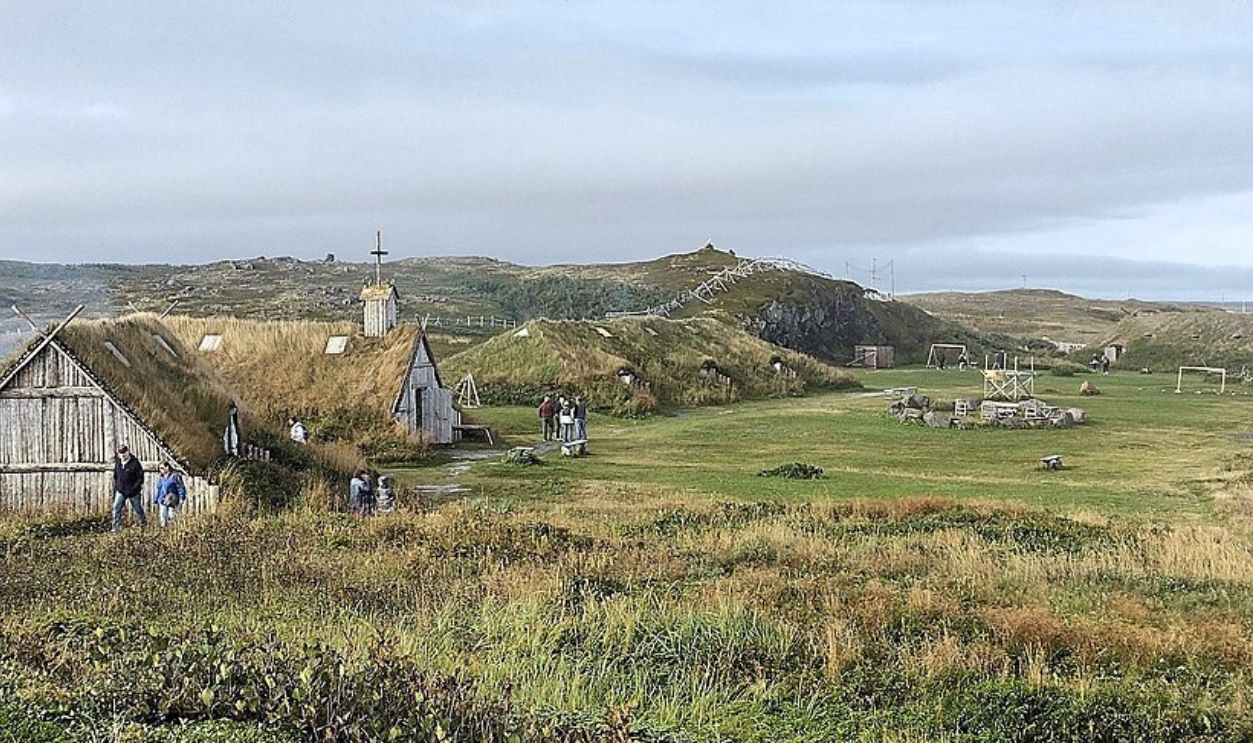 Larry Syverson, CC BY-SA 2.0, Wikimedia Commons
Larry Syverson, CC BY-SA 2.0, Wikimedia Commons
Beyond The Waters
Vikings were intentional campers, so they would strategically choose a spot to settle after meticulously planning their approach. It was less “random invasion” and more “carefully calculated expansion”. The location had to nourish both the people and the livestock.
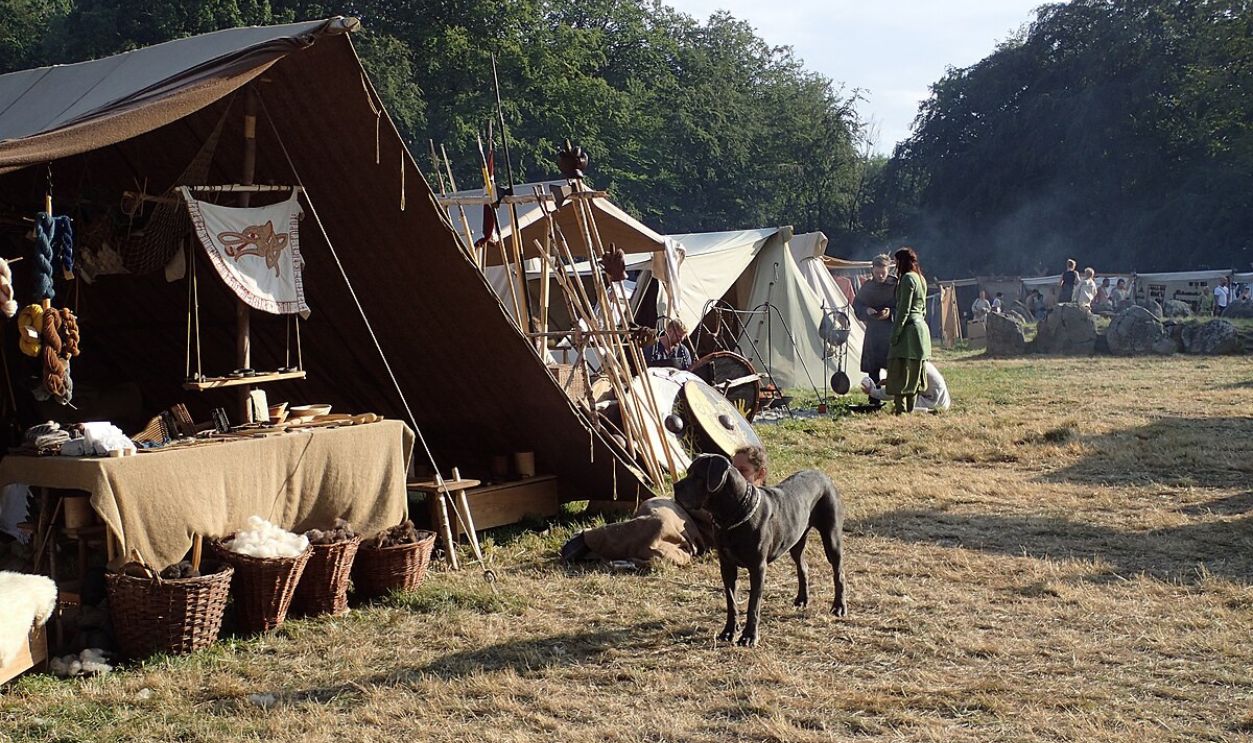 RhinoMind, CC BY-SA 4.0, Wikimedia Commons
RhinoMind, CC BY-SA 4.0, Wikimedia Commons
What Would A Successful Viking Colony Look Like?
This colony would be a thriving Norse outpost where Scandinavian farming techniques meet North American scenery. Additionally, they’d probably establish small, interconnected communities similar to their Greenland model and live in a close-knit neighborhood.
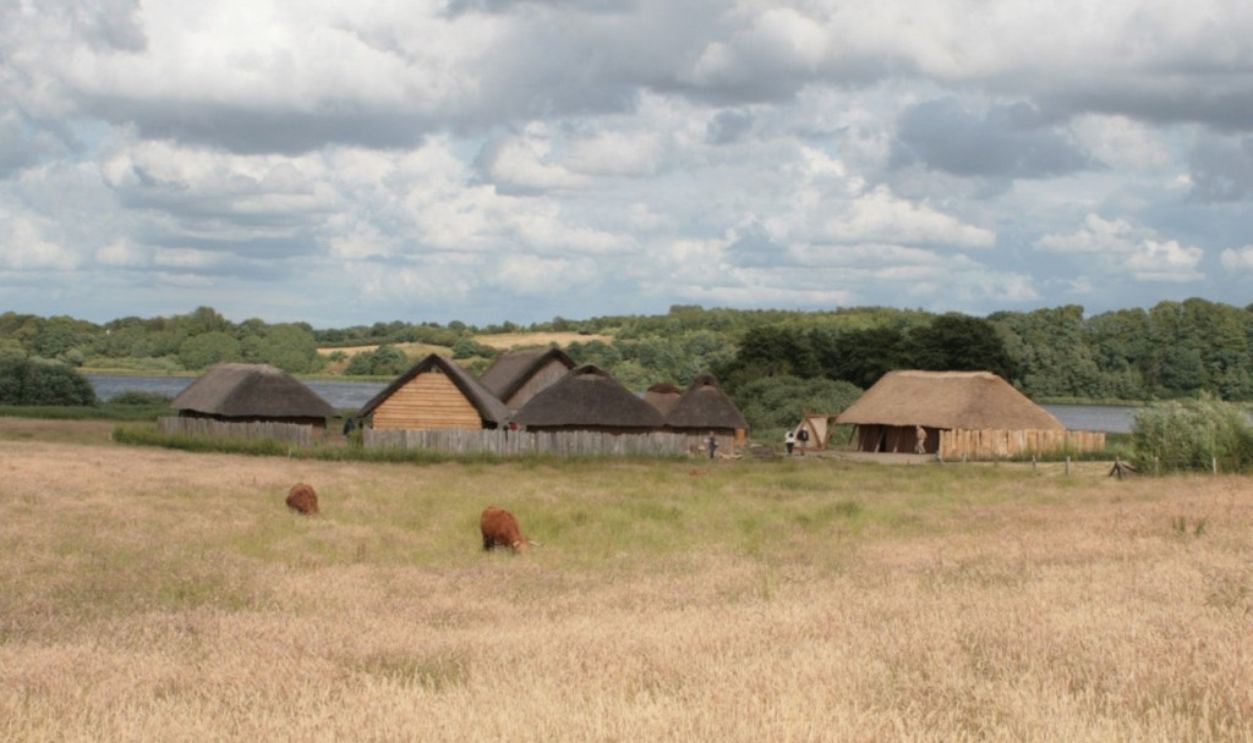 Kai-Erik Ballak, CC BY-SA 3.0, Wikimedia Commons
Kai-Erik Ballak, CC BY-SA 3.0, Wikimedia Commons
The Outlook
Wooden structures, advanced boat-building facilities, solid trade networks with local Indigenous populations would be their homes if they played their cards right. We’re talking about a potential multicultural frontier where Norse innovation meets Indigenous knowledge. That’s a wild historical mashup.
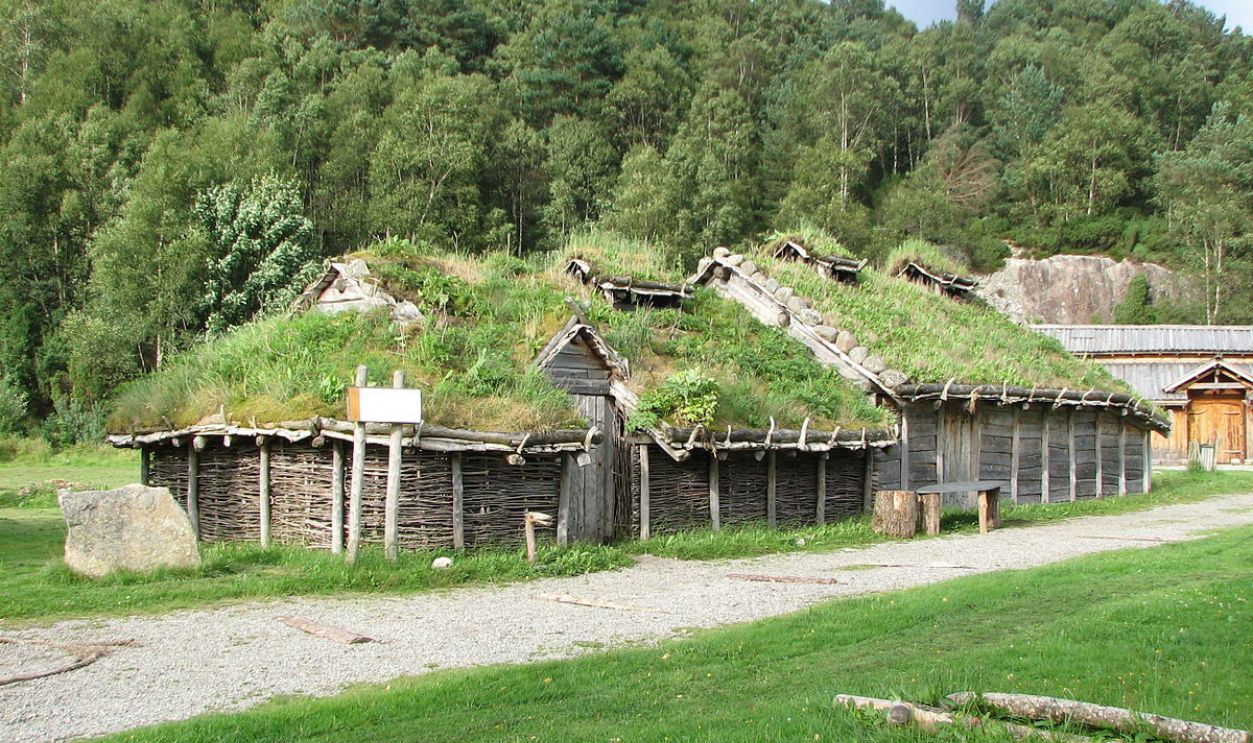 Mercy, CC BY-SA 3.0, Wikimedia Commons
Mercy, CC BY-SA 3.0, Wikimedia Commons
The Success Recipe: What Vikings Would Have Needed
Colonization isn’t just about showing up and planting a flag. These Norse adventurers would have needed a smart combination of resources, adaptability, and serious survival skills. It wasn’t just about being tough—it was about being smart, flexible, and genuinely committed to long-term settlement.
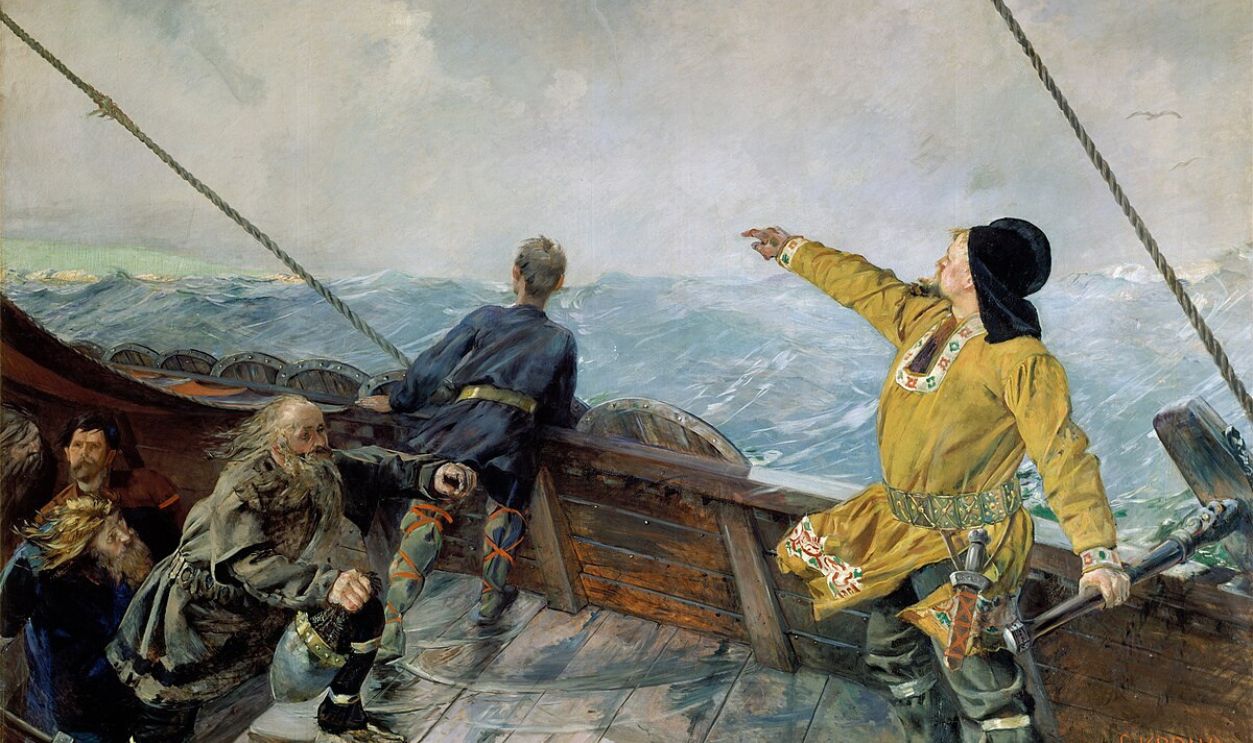 Christian Krohg, Wikimedia Commons
Christian Krohg, Wikimedia Commons
The Secret Sauce
The secret sauce would be sturdy population numbers, sustainable food production, and good relationships with the already existing Indigenous groups. They would also need technology that could handle North America’s challenging environments.
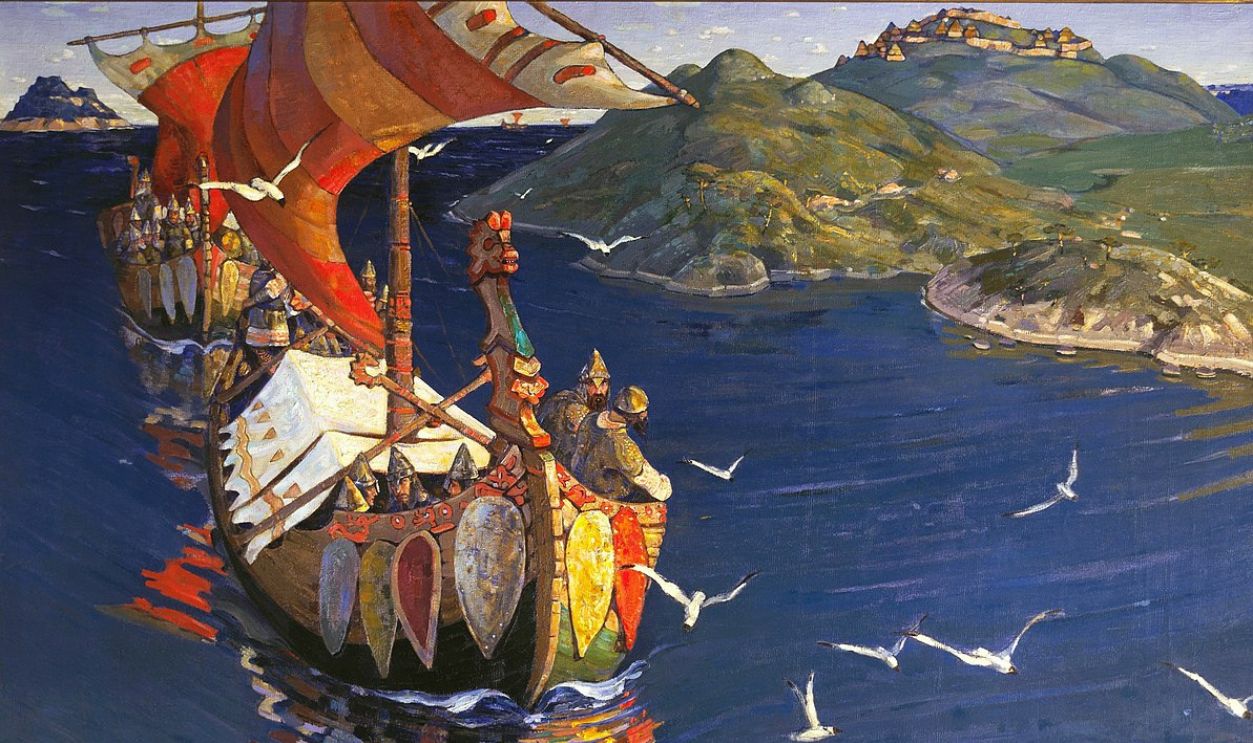 Nicholas Roerich, Wikimedia Commons
Nicholas Roerich, Wikimedia Commons
The Ultimate Viking Colonization Survival Guide
And also, successful colonization would have required something Vikings were already pros at—adaptability. They’d need to learn local fishing techniques, understand agricultural possibilities, create trade relationships, and basically become part of the culture.
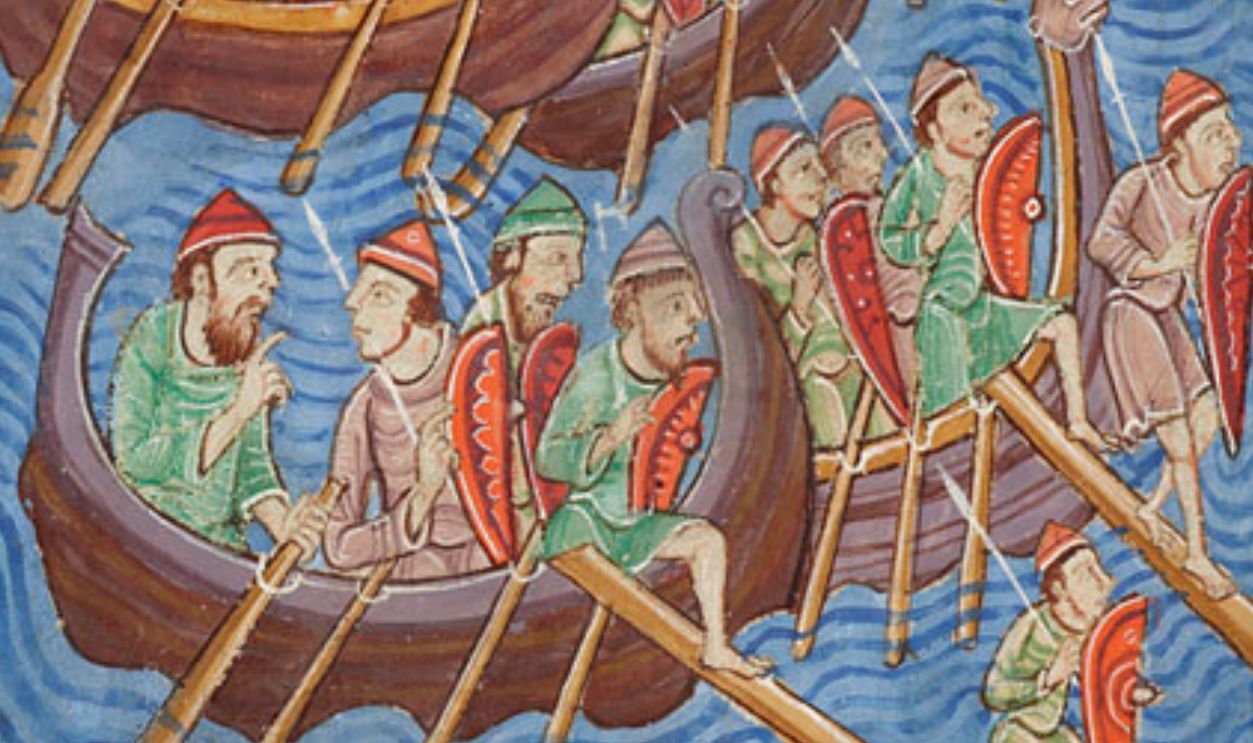 Morgan Library, Wikimedia Commons
Morgan Library, Wikimedia Commons
Finally…
Vikings had to be beyond conquerors but genuine settlers who could integrate and survive in this completely new world. It would take more than just arriving, taking, and ruling. Now, let’s move from hypotheticals and get into the reality of how it all went down.
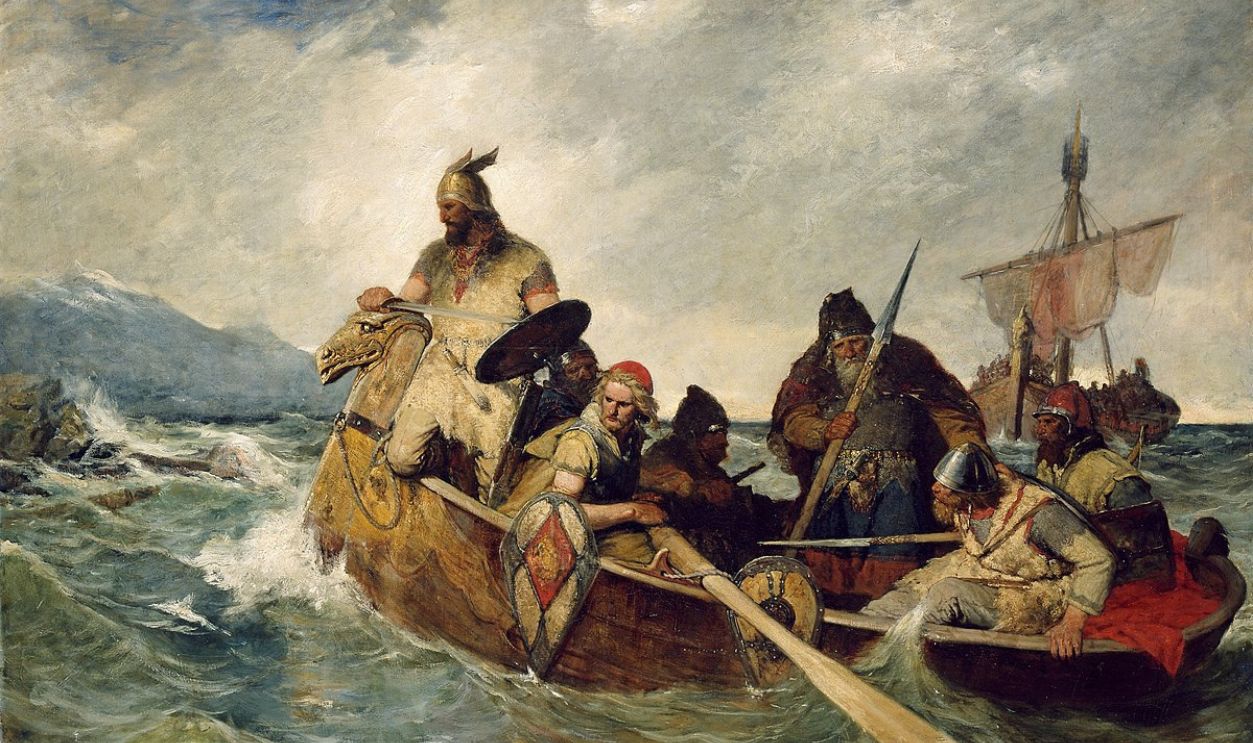 Oscar Wergeland, Wikimedia Commons
Oscar Wergeland, Wikimedia Commons
The Short-Lived North American Pit Stop
It’s around 1000 AD, and the Vikings cruise into L’Anse aux Meadows in Newfoundland. They’re the OG explorers, right? But here’s the kicker—they dropped by, looked around, and were like, “Nah, we’re good”. But why?
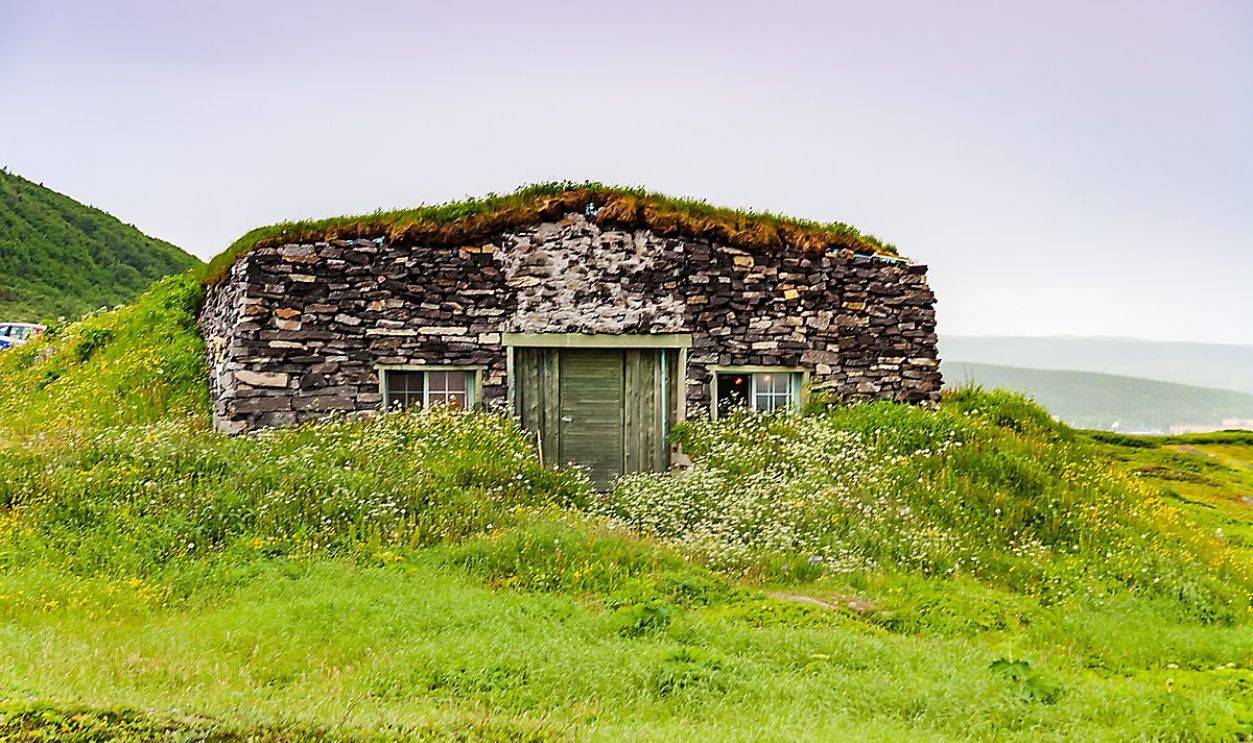 Michel Rathwell, CC BY 2.0, Wikimedia Commons
Michel Rathwell, CC BY 2.0, Wikimedia Commons
Population Problems: Not Enough Viking Backup
First, to colonize a locale, you need numbers. Huge numbers. Something the Vikings didn’t have at the time. The Viking world wasn’t exactly bursting with spare people and their Greenland settlements were tiny.
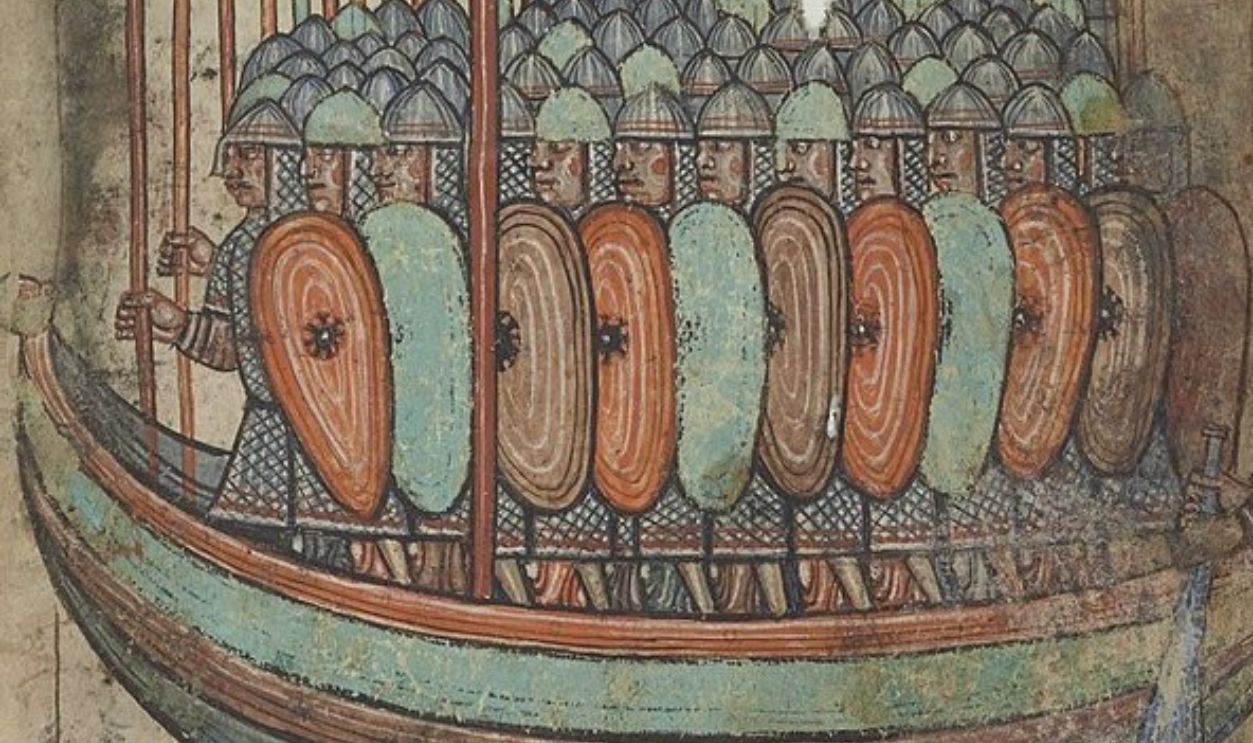 Abbey of Saint-Aubin, Wikimedia Commons
Abbey of Saint-Aubin, Wikimedia Commons
How Small?
We’re talking about a population so small that they couldn’t exactly launch a full-scale “let’s take over a continent” mission. Imagine trying to colonize a massive landmass with, like, your extended family and maybe two cousins—not happening!
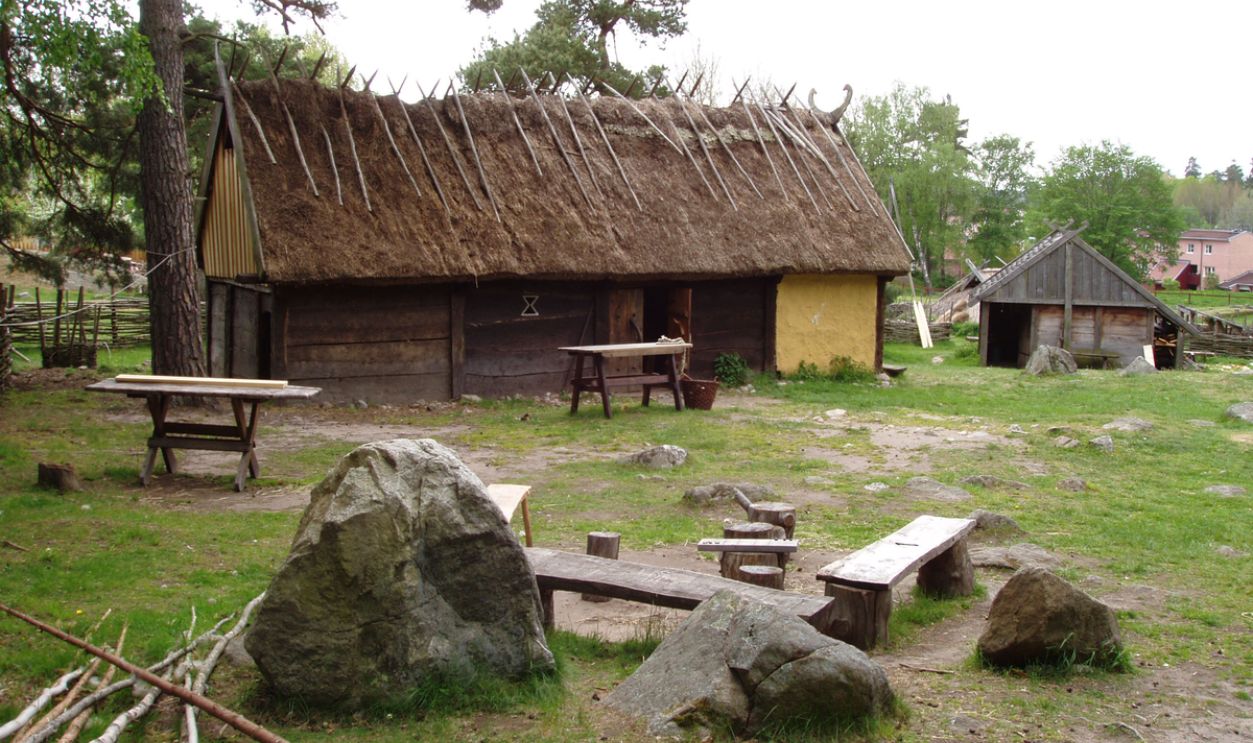 Abbey of Saint-Aubin, Wikimedia Commons
Abbey of Saint-Aubin, Wikimedia Commons
Clash Of Cultures: Indigenous Resistance Was Real
Secondly, their culture was like the opposite of the native Americans. Also, note that the Indigenous people were NOT rolling out the welcome mat and dancing happy songs. Historical sagas tell us these encounters were... spicy with a dash of crimson scenes.
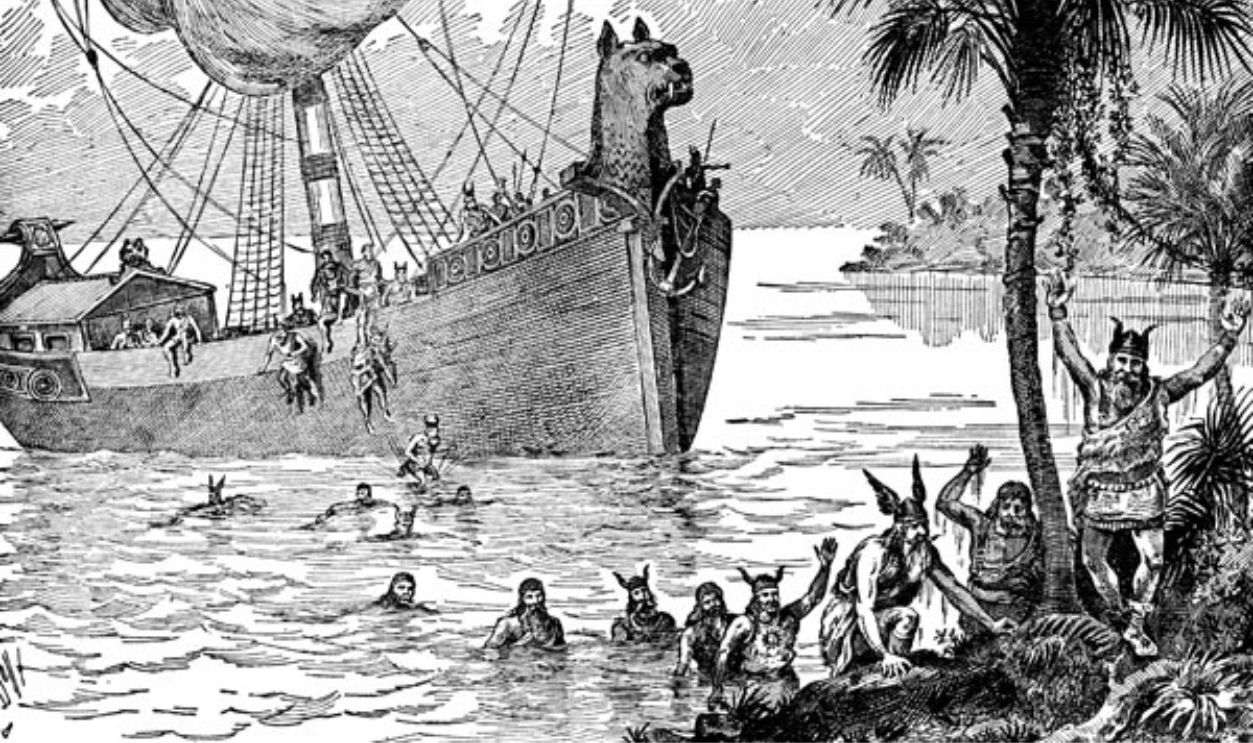 John Clarke Ridpath, Wikimedia Commons
John Clarke Ridpath, Wikimedia Commons
Too Much To Handle
Violent clashes meant the Vikings quickly realized this wasn’t going to be a smooth land grab. Pro tip: When locals are fighting back hard, maybe it’s time to reconsider your vacation plans, right? You have to pack up if the environment is hostile. It’s the smart thing to do.
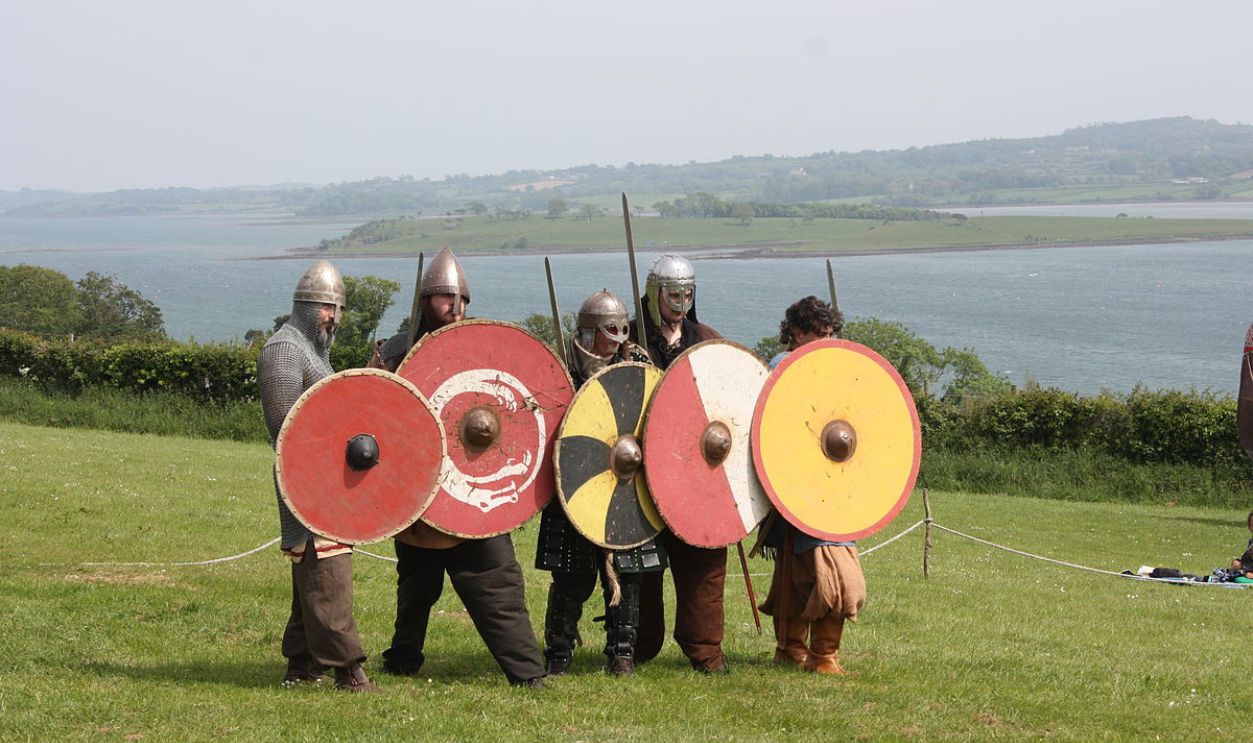 Ardfern, CC BY-SA 3.0, Wikimedia Commons
Ardfern, CC BY-SA 3.0, Wikimedia Commons
Resource Hunt, Not Land Grab
Another reason was that the Vikings weren’t looking to build suburban neighborhoods. They were more like medieval resource hunters seeking timber and fish in a quick grab-and-go style. They weren’t in it to seek a permanent settlement. The original “hit-and-run” explorers of the medieval world, if you will.
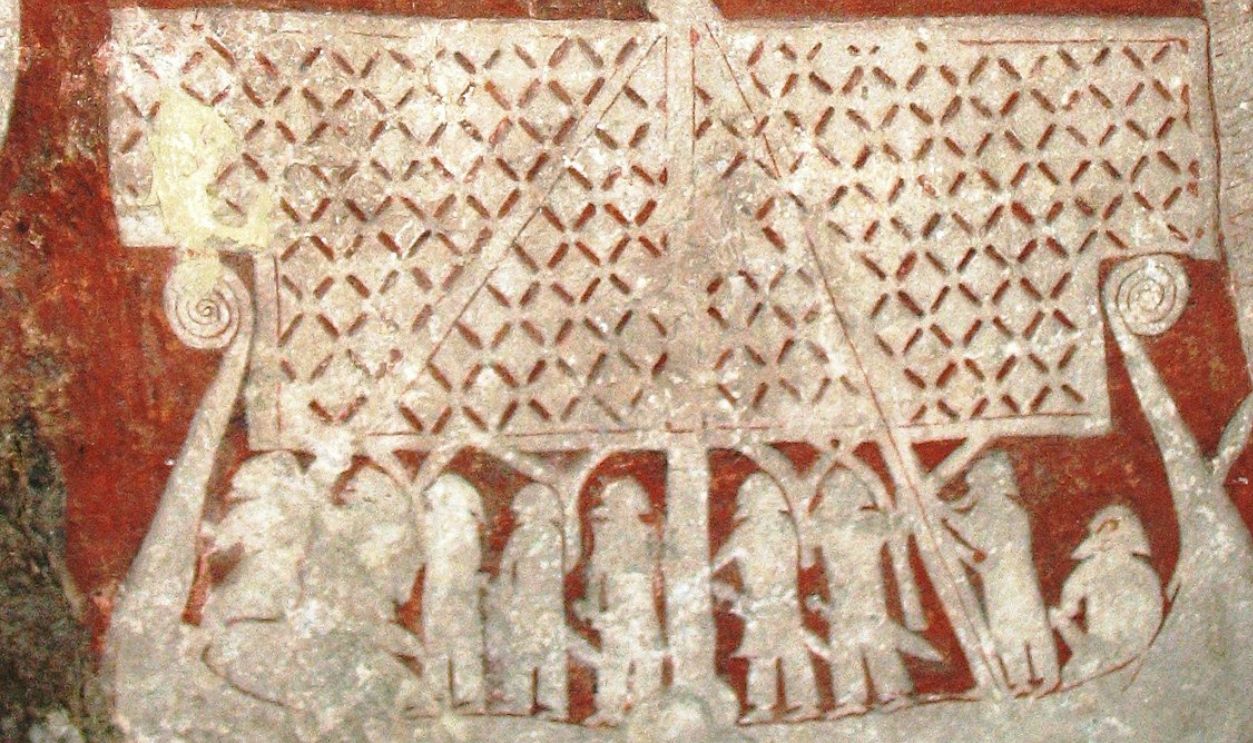 Berig, CC BY-SA 4.0, Wikimedia Commons
Berig, CC BY-SA 4.0, Wikimedia Commons
Economic Reality Check
Their trading opportunities were also pretty much nonexistent. The Vikings showed up with goods but the tribes went, “Cool story, but we’re good”. It was like showing up to a potluck with stale crackers—nobody’s impressed. And, no valuable exchange meant no real motivation to stick around.
Mother Nature Also Said, “Not Today”
Newfoundland’s climate? Major buzzkill for agriculture. It is cold and unpredictable, basically the opposite of a Viking’s dream vacation spot. Try growing crops when your fingers are freezing and the ground is harder than your grandfather’s stories about walking uphill both ways.
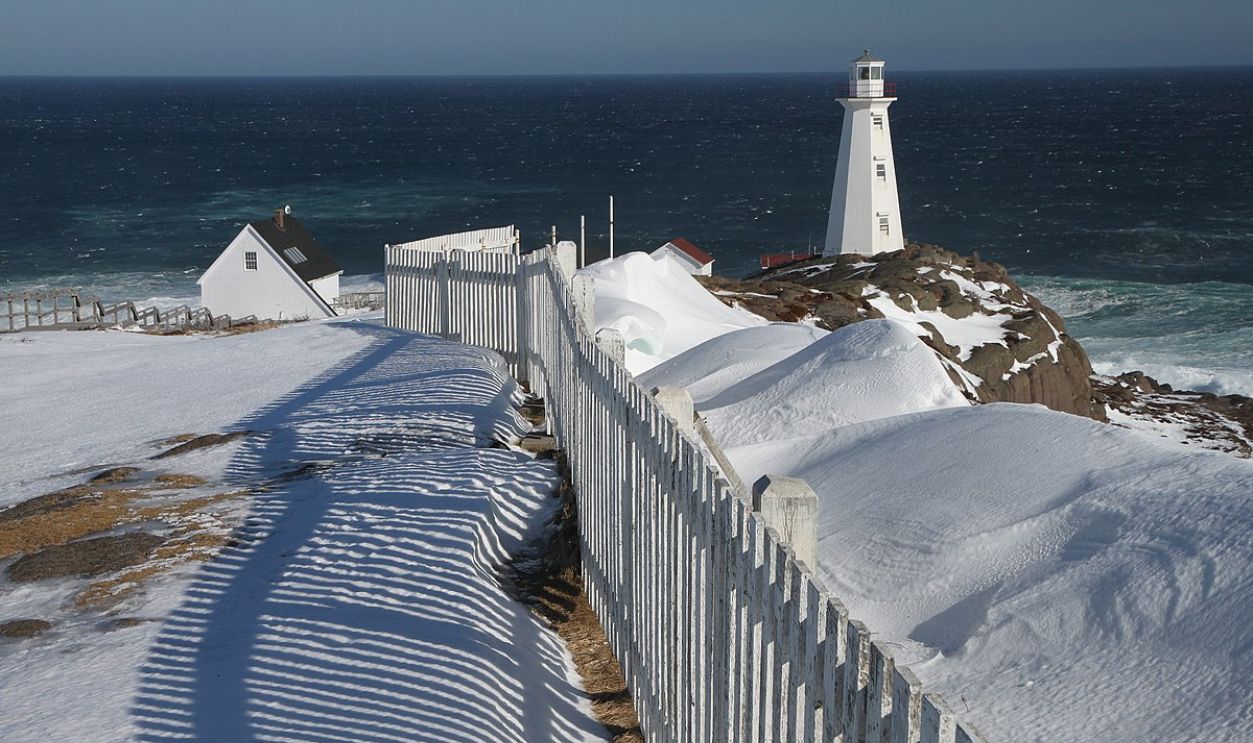 ALAN SCHMIERER, CC0, Wikimedia Commons
ALAN SCHMIERER, CC0, Wikimedia Commons
Their Agricultural Produce Wouldn’t Even Pick
For human food like bread and drinks like ale, they grew barley, rye, oats, wheat, millet, peas, and linseed (for oil). For their livestock, they grew hay. All these need a season or two when the sun is out. They just could not survive.
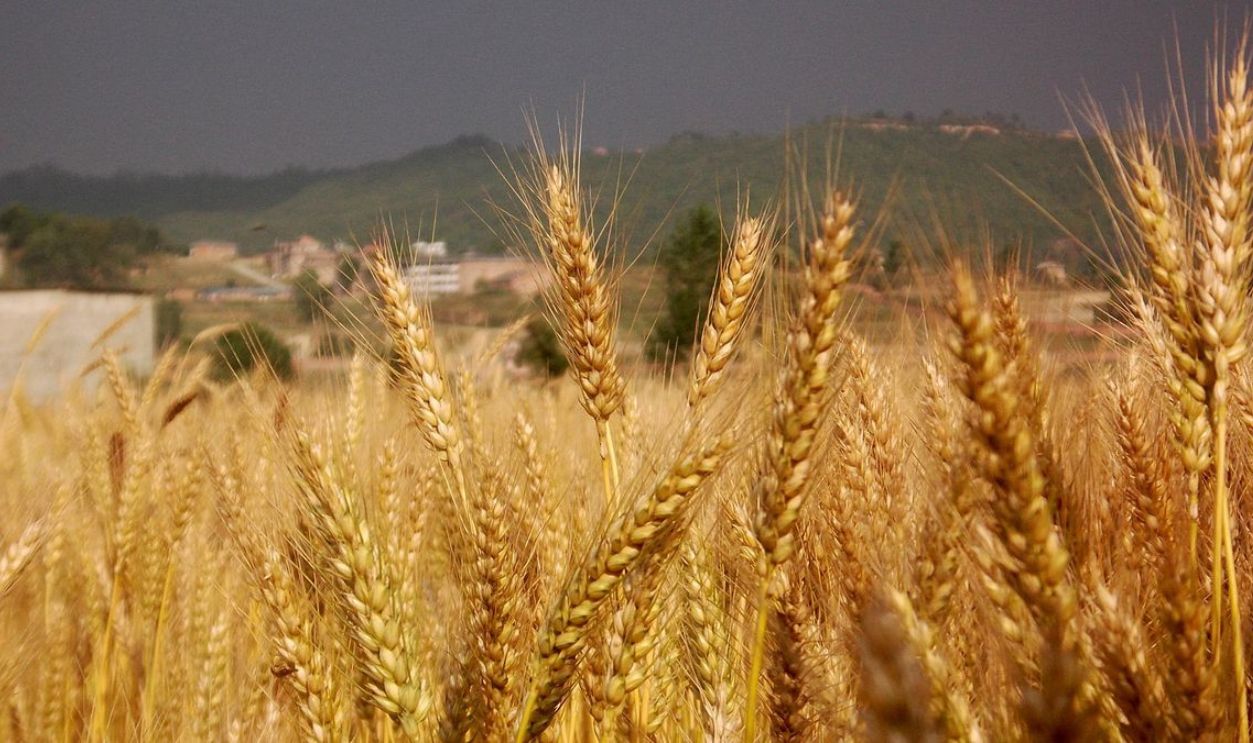 Skrissh2013, CC BY-SA 3.0, Wikimedia Commons
Skrissh2013, CC BY-SA 3.0, Wikimedia Commons
Their Livestock Would Also Have It Rough
Besides the lack of food, the varying temperatures would also affect their sheep, cattle, and goats. Sure, adaptation is possible, but that might have happened way later after they had lost many to the extremes. Even though it’s minor, the risk didn’t seem worth it.
 Zeloneto, CC BY-SA 3.0, Wikimedia Commons
Zeloneto, CC BY-SA 3.0, Wikimedia Commons
Supply Chain Nightmares
Here comes another issue: supply chain interruptions. Just imagine trying to run a colony thousands of miles from your main supply depot. One bad storm, and suddenly, you’re cut off from everything. The Vikings’ Greenland connection was their lifeline—and North America? Too risky, too far.
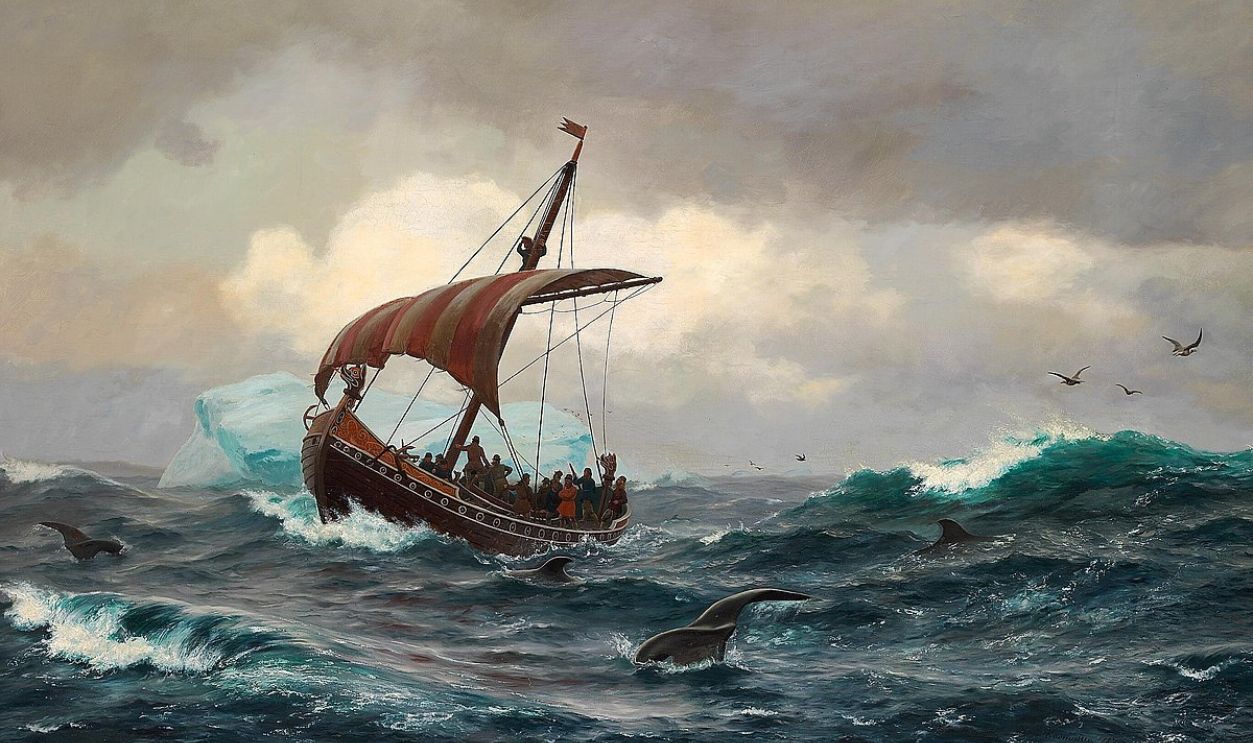 Carl Rasmussen, Wikimedia Commons
Carl Rasmussen, Wikimedia Commons
Cultural Mindset: Explorers, Not Settlers
Vikings were adventure seekers, not suburban developers. As we said, they were more “let’s check this out” than building permanent homes. Exploration was their jam, not long-term real estate investment. So, it could be said that taking over North America was not even on their minds.
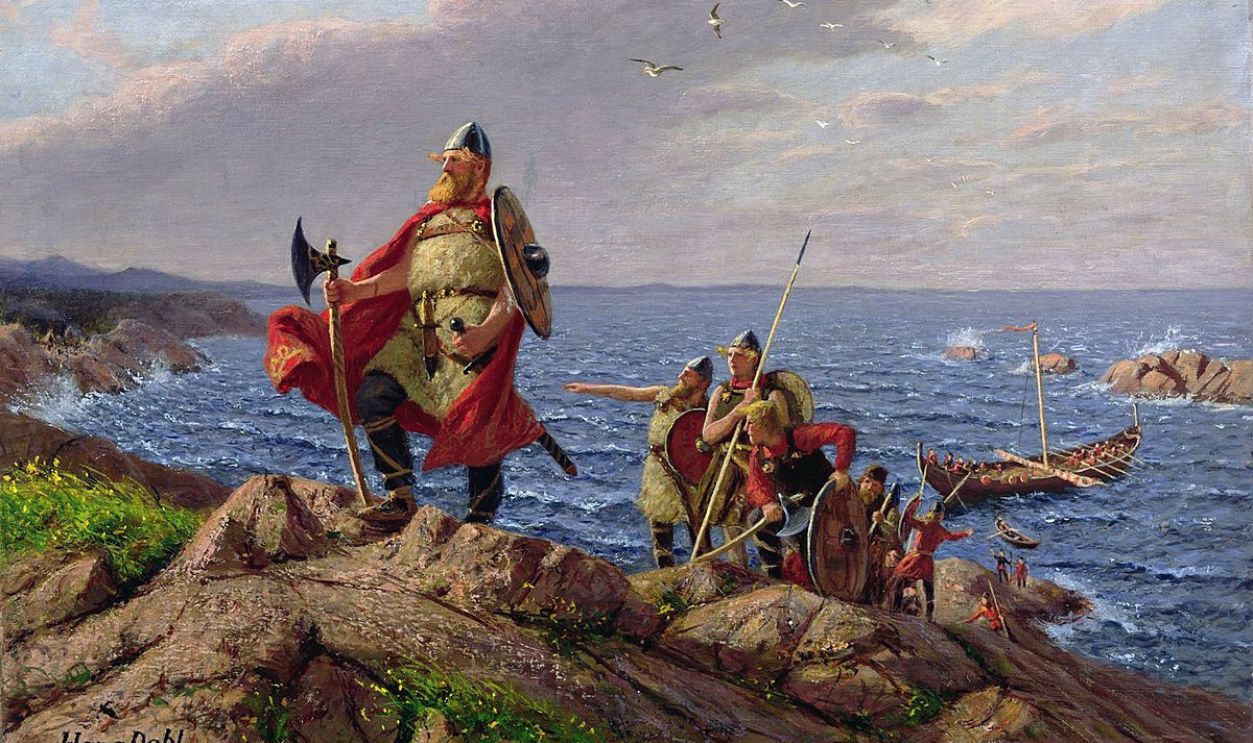 Hans Dahl (1849-1937), Wikimedia Commons
Hans Dahl (1849-1937), Wikimedia Commons
The Indigenous Advantage
Another disadvantage Vikings had to face was that the local populations were deeply connected to their environment and had survival skills the Vikings didn’t. Without the ability to learn or trade effectively, the Norse settlers were out of their depth.
The Adaptation Struggle
Even as explorers, the Vikings were really not great at learning other people’s survival skills. Indigenous fishing techniques? Local agricultural methods? They were like, “Nah, we’ve got our own way”. Unfortunately, their way was not the best way in this new environment.
The Danger Of Spreading Too Thin
The Viking population was already stretched thin across their established settlements in Scandinavia, Iceland, and Greenland. Adding North America to the mix would’ve been like juggling flaming swords—cool in theory, disastrous in practice. They needed to consolidate, not expand further.
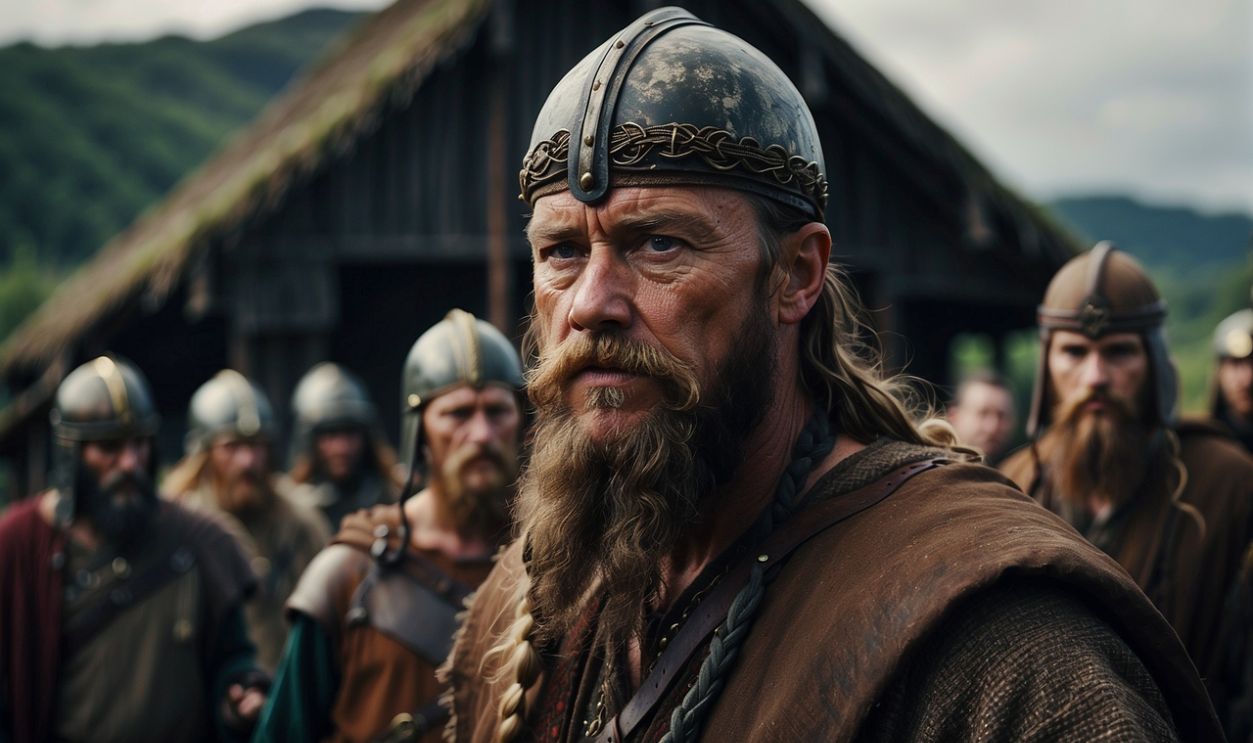 Ridvan-selli, Pixabay with AI Assistance
Ridvan-selli, Pixabay with AI Assistance
Greenland’s Fragile Experiment
Greenland itself was barely hanging on. The Norse settlers there faced harsh winters, limited resources, and isolation. Establishing a new colony in an even more distant and hostile land wasn’t a gamble they could afford. Even if they wanted to.
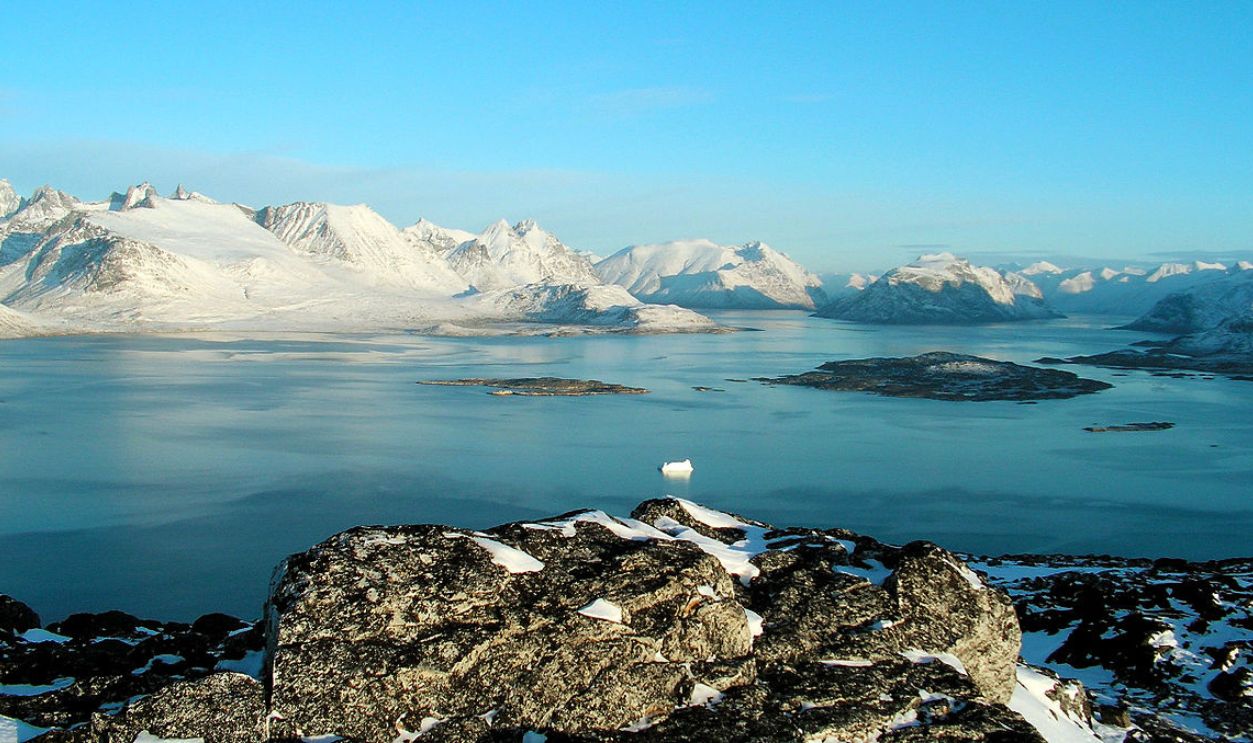 Jensbn, CC BY-SA 3.0, Wikimedia Commons
Jensbn, CC BY-SA 3.0, Wikimedia Commons
The Ultimate Cost Of Exploration
Exploring wasn’t cheap. Longships were technological marvels, but maintaining and manning them required substantial resources; food, fresh water, workforce. The Vikings likely realized the cost of sustaining transatlantic expeditions outweighed the potential benefits of making back and forth trips to their “potential” colony.
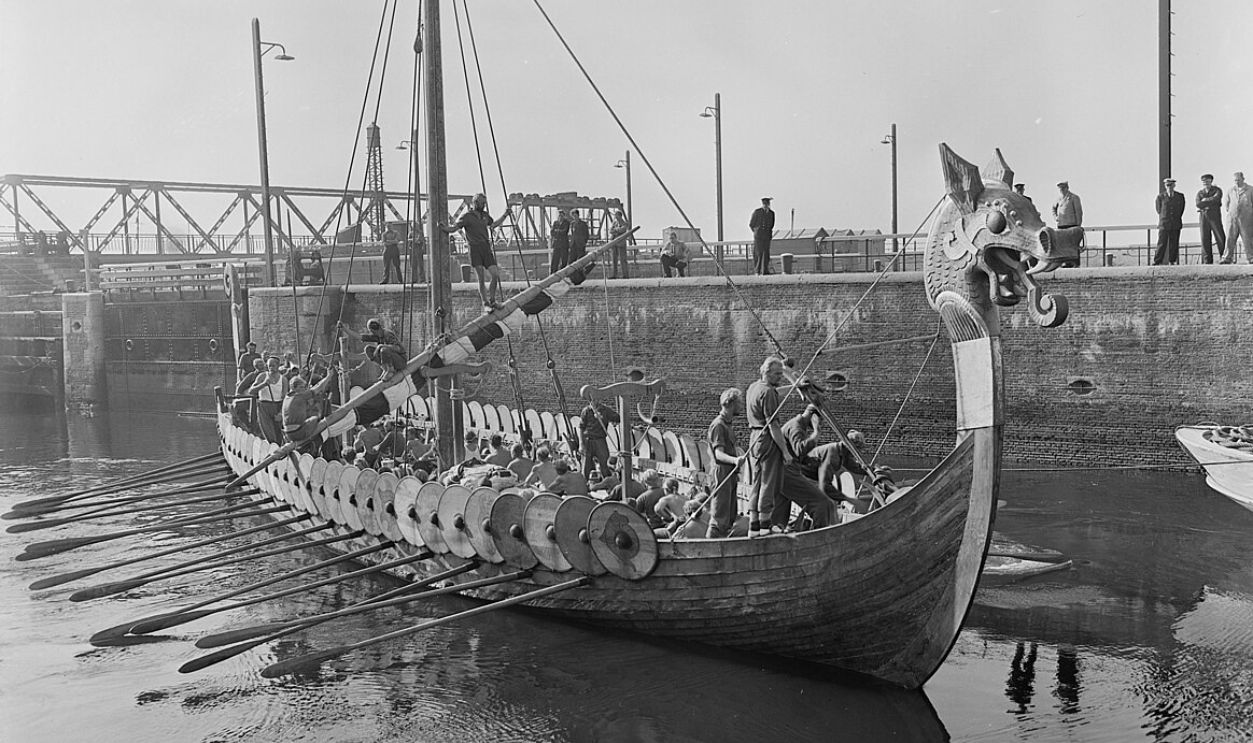 Fotopersbureau De Boer, CC0, Wikimedia Commons
Fotopersbureau De Boer, CC0, Wikimedia Commons
The Logistics Of Longship Travel
Their ships were perfect for quick raids and short-term voyages but not ideal for moving large groups of settlers or transporting heavy supplies across the Atlantic. The challenges of re-supplying a distant colony would have been insurmountable. It just didn’t make sense.
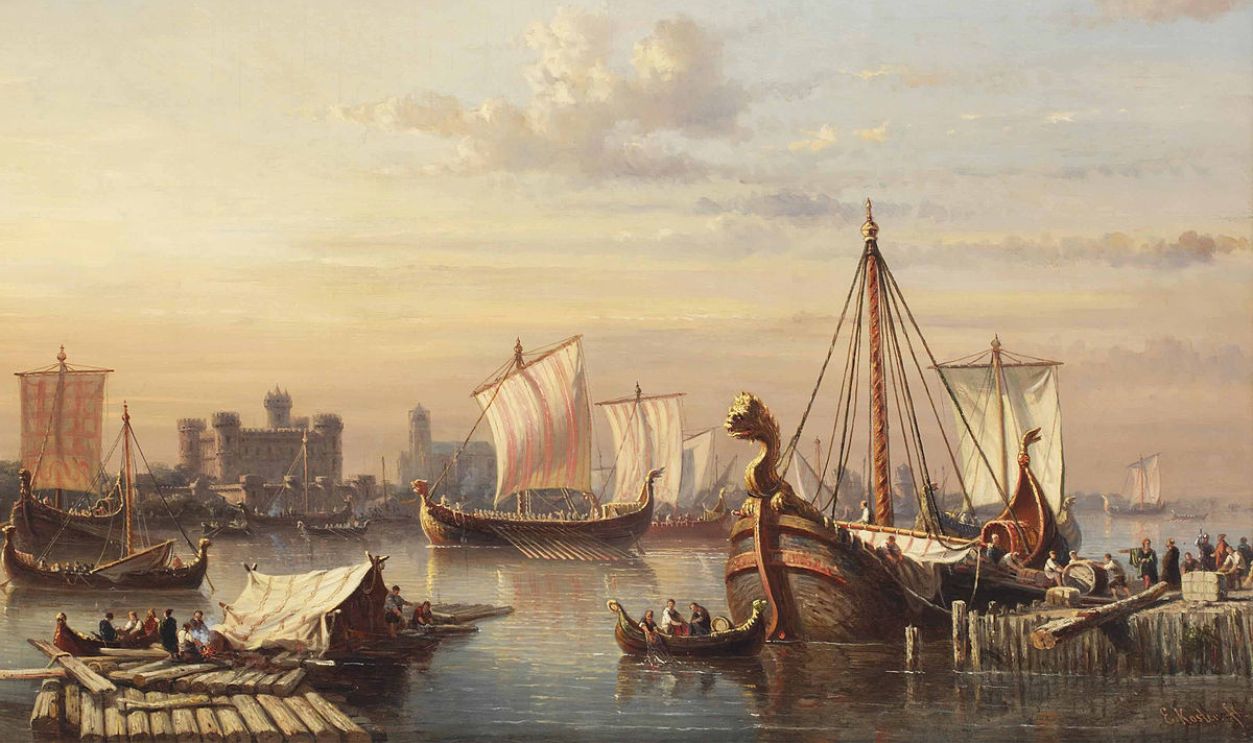 Everhardus Koster (1817–1892), Wikimedia Commons
Everhardus Koster (1817–1892), Wikimedia Commons
A Land Already Claimed
The Viking Age was about seizing opportunities, but North America wasn’t unclaimed territory; it already had its occupants who weren’t happy with invaders. Indigenous populations already in America were well-established, and the Vikings weren’t equipped to coexist or overpower them.
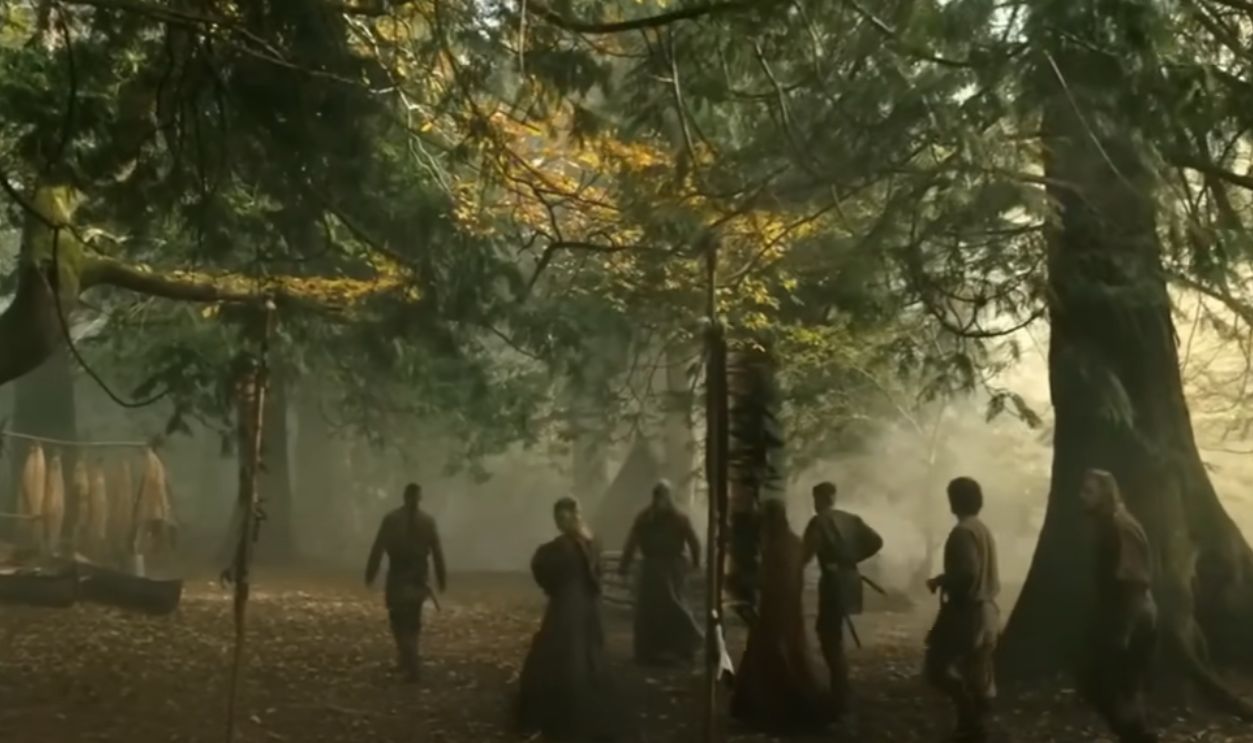 Vikings Meet Native Americans For The First Time by sabtuahad
Vikings Meet Native Americans For The First Time by sabtuahad
Seasonal Struggles
The Viking sagas suggest that they may have struggled with the seasonal cycles in North America. Winters were harsher than expected, and summers may have been too short for sustainable farming. The animals would die, the plants would not have enough time to ripen.
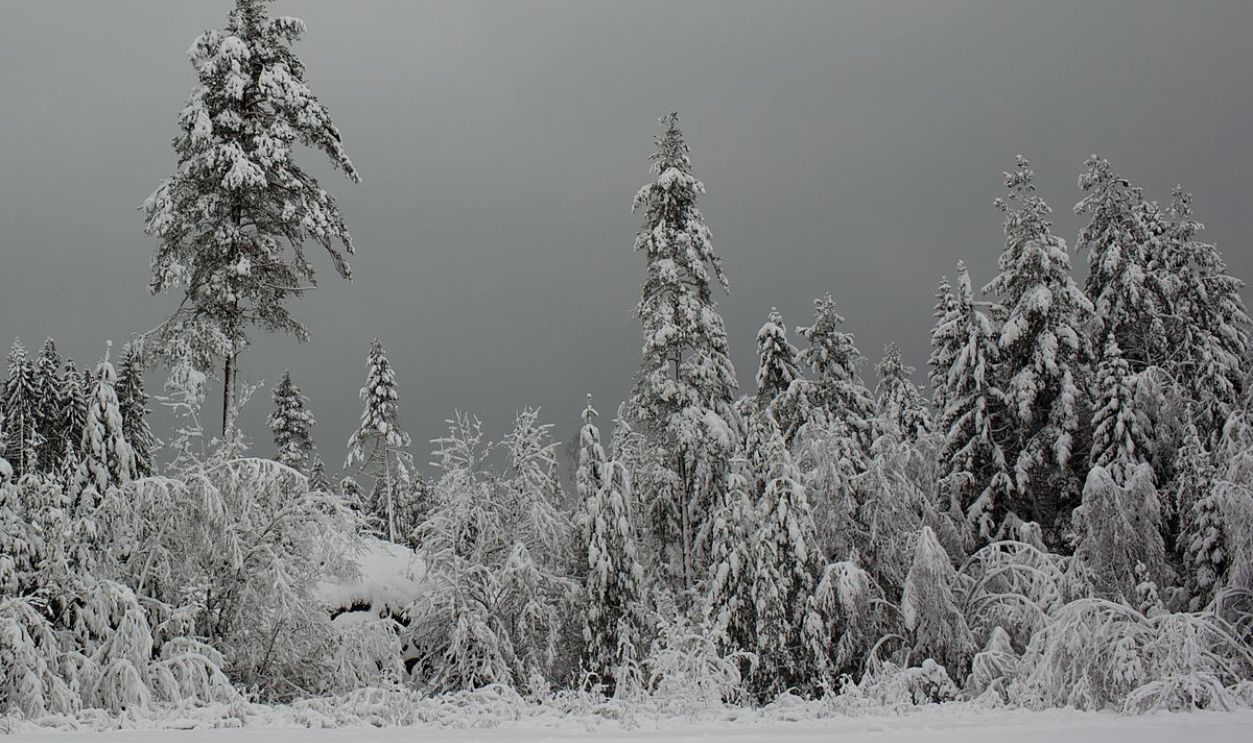 Ernst Vikne, CC BY-SA 2.0, Wikimedia Commons
Ernst Vikne, CC BY-SA 2.0, Wikimedia Commons
Potential Disease Dilemmas
Another downside might have been that the Vikings may have encountered unfamiliar diseases in North America, further discouraging them from staying. Disease exchange between Indigenous peoples and Norse settlers could have been catastrophic for both groups.
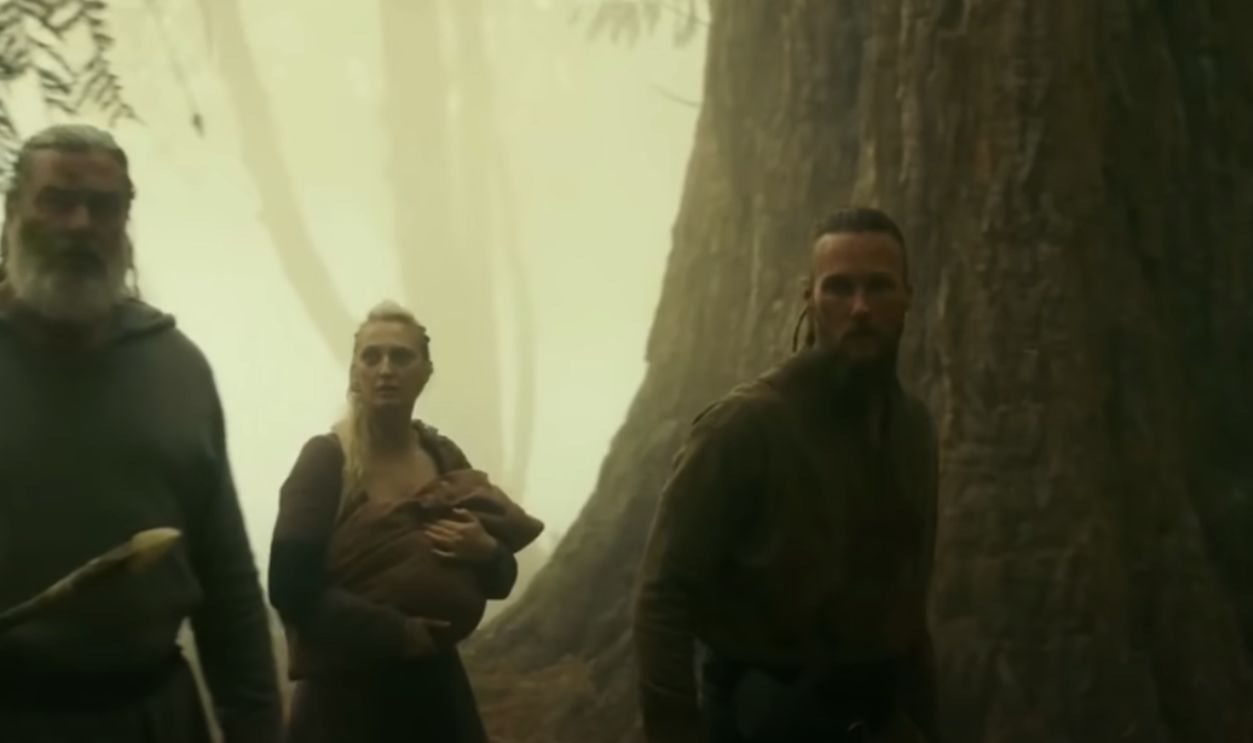 Vikings Meet Native Americans For The First Time by sabtuahad
Vikings Meet Native Americans For The First Time by sabtuahad
Psychological Impact Of Isolation
Imagine being thousands of miles from your homeland, surrounded by unfamiliarity. The psychological toll on the Vikings must have been enormous, and this might have made the prospect of staying untenable. Homesickness isn’t such a new concept, and their people would suffer from it.
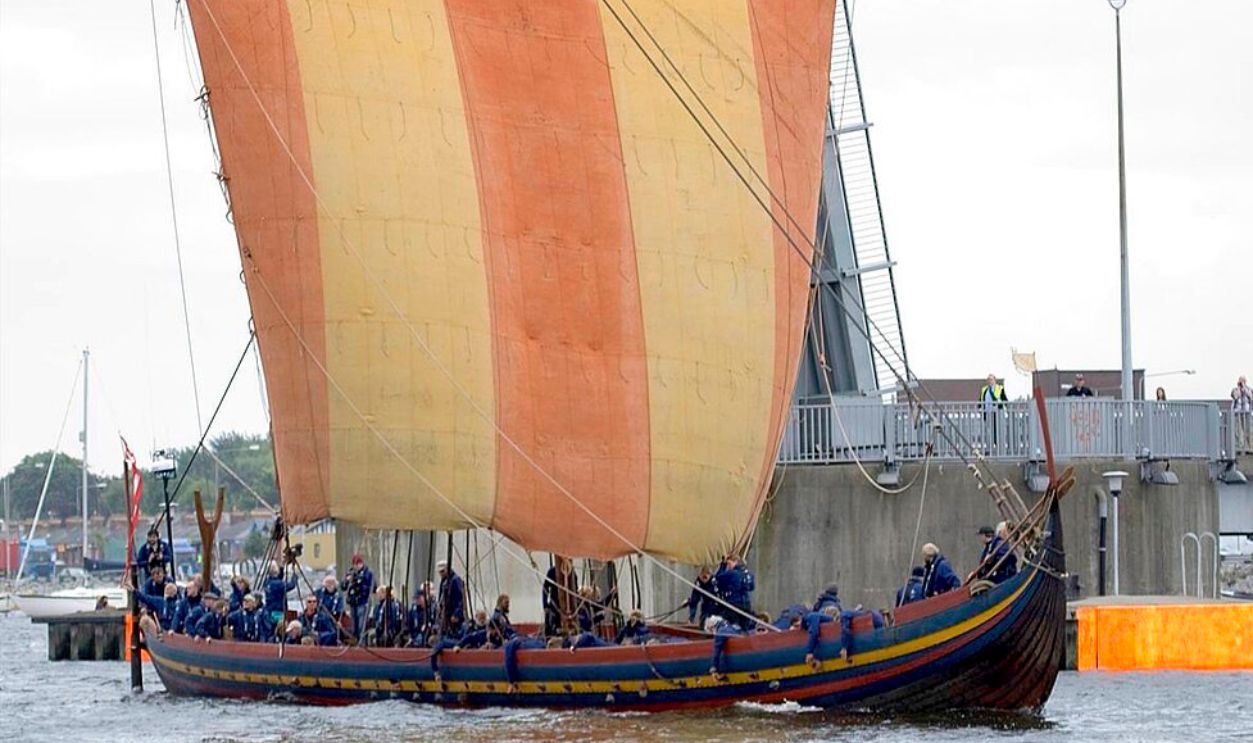 William Murphy, CC BY-SA 2.0, Wikimedia Commons
William Murphy, CC BY-SA 2.0, Wikimedia Commons
The Mystery Of Vinland
The Viking name for North America, “Vinland”, suggests fertile land, but it may have been a marketing ploy to entice settlers. The reality didn’t live up to the name’s promise, and they thought it wasn’t really worth it. Marketing, right? So fake.
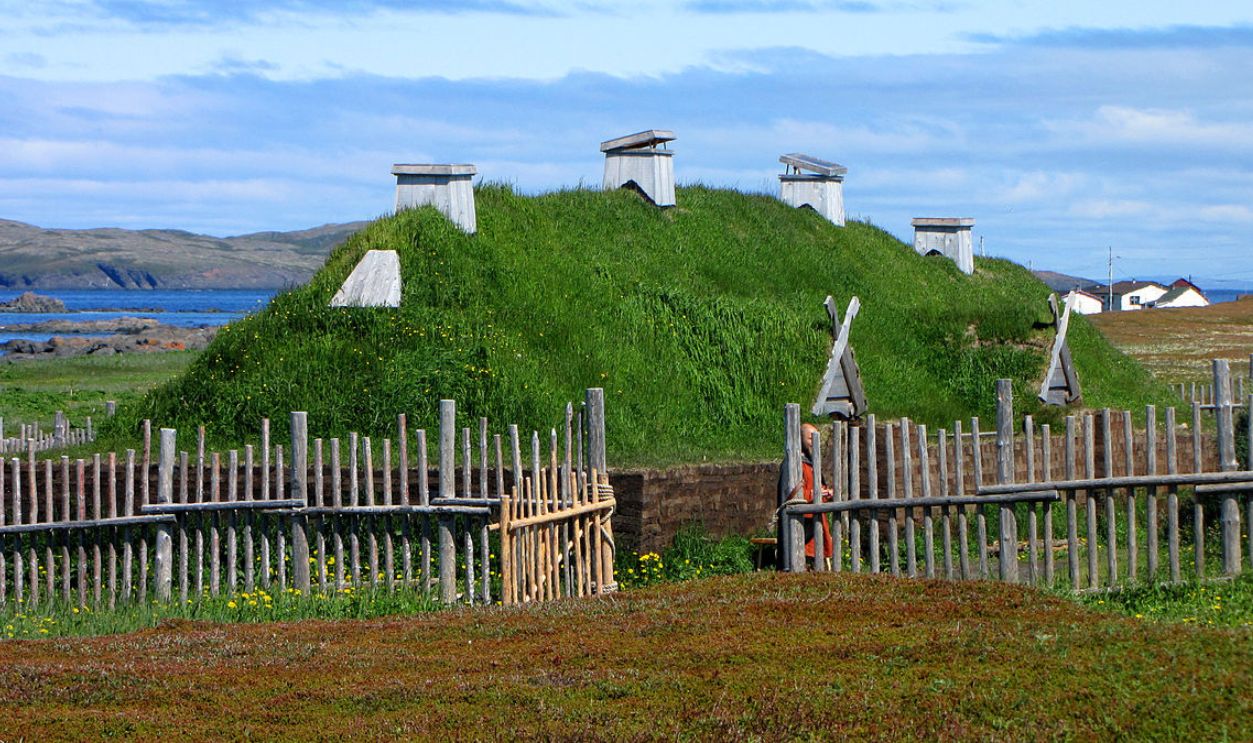 D. Gordon E. Robertson, CC BY-SA 3.0, Wikimedia Commons
D. Gordon E. Robertson, CC BY-SA 3.0, Wikimedia Commons
Climatic Changes: The Medieval Warm Period
During the time of Viking exploration, a warmer climate may have initially made Greenland and North America seem appealing (mainly for agriculture). But this period of relative warmth was fleeting, leaving them unprepared for the harsher conditions that followed.
Limited Timber Reserves
While the Vikings were drawn to North America for its timber, transporting it back to Greenland or Scandinavia wasn’t a simple task. They had to cut trees down, move to the shores, load, then transport. The logistical headaches likely outweighed the benefits.
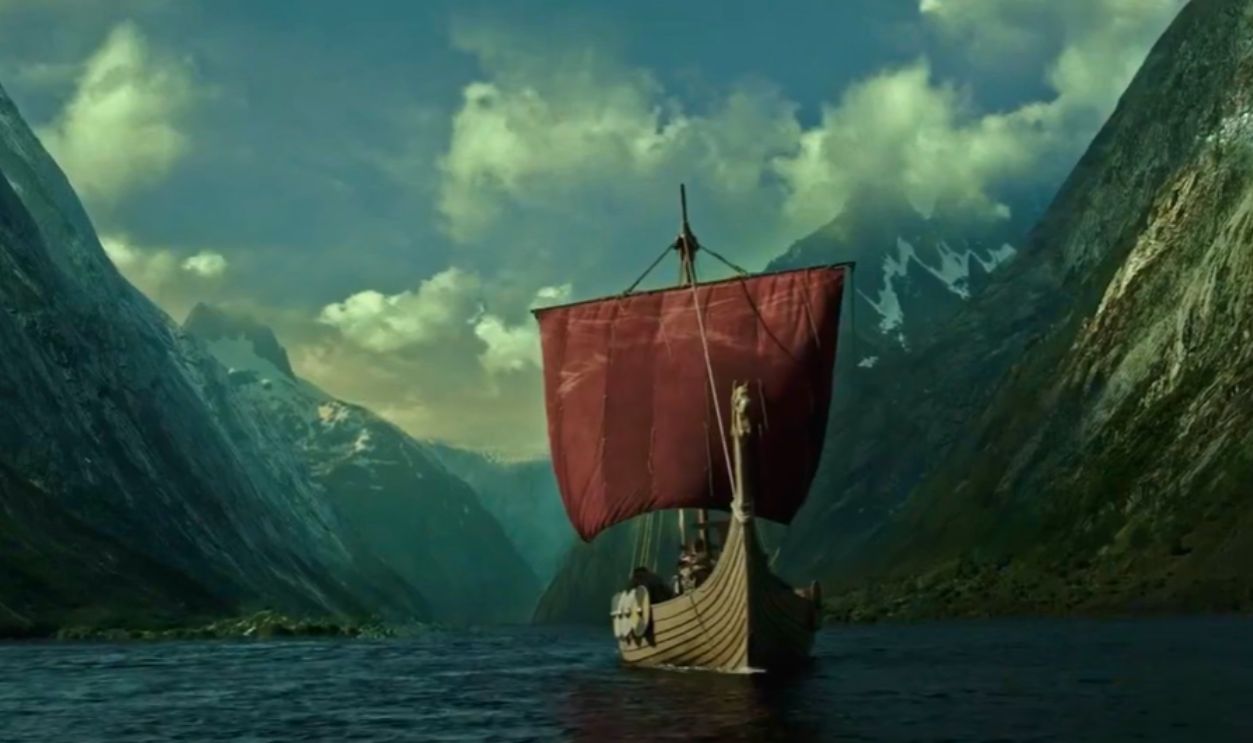 Longships: Vikings' Incredible Naval Engineering by Dawked Up Productions
Longships: Vikings' Incredible Naval Engineering by Dawked Up Productions
The Lack Of Gold And Glory
Unlike later European explorers, the Vikings didn’t find gold, spices, or other riches in North America. Without a clear economic incentive, their interest waned, and they really didn’t see the point in taking over the continent. However, would they have settled if they did?
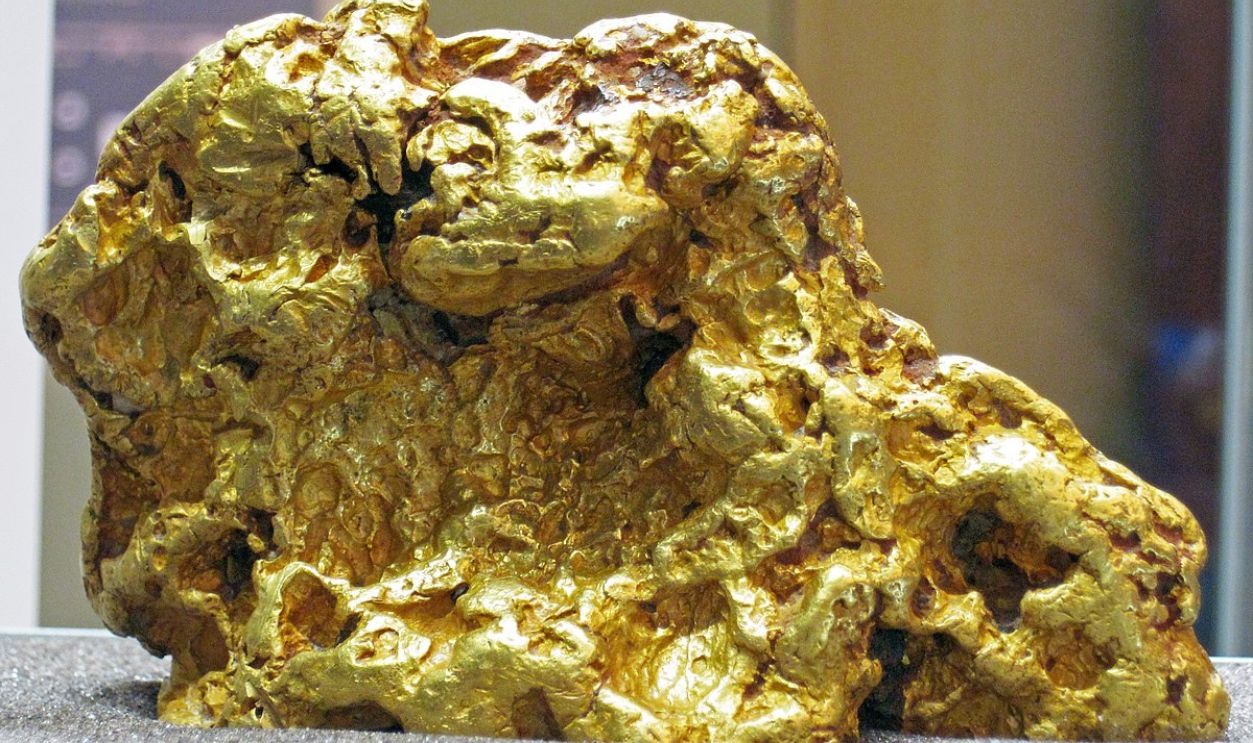 James St. John, CC BY 2.0, Wikimedia Commons
James St. John, CC BY 2.0, Wikimedia Commons
No Reinforcements Coming
The Vikings did not have a centralized government or large armies to support their efforts like later colonialists. They were on their own, and that isolation proved too much. If you did not have an edge from external support back then, without numbers, you wouldn’t rule.
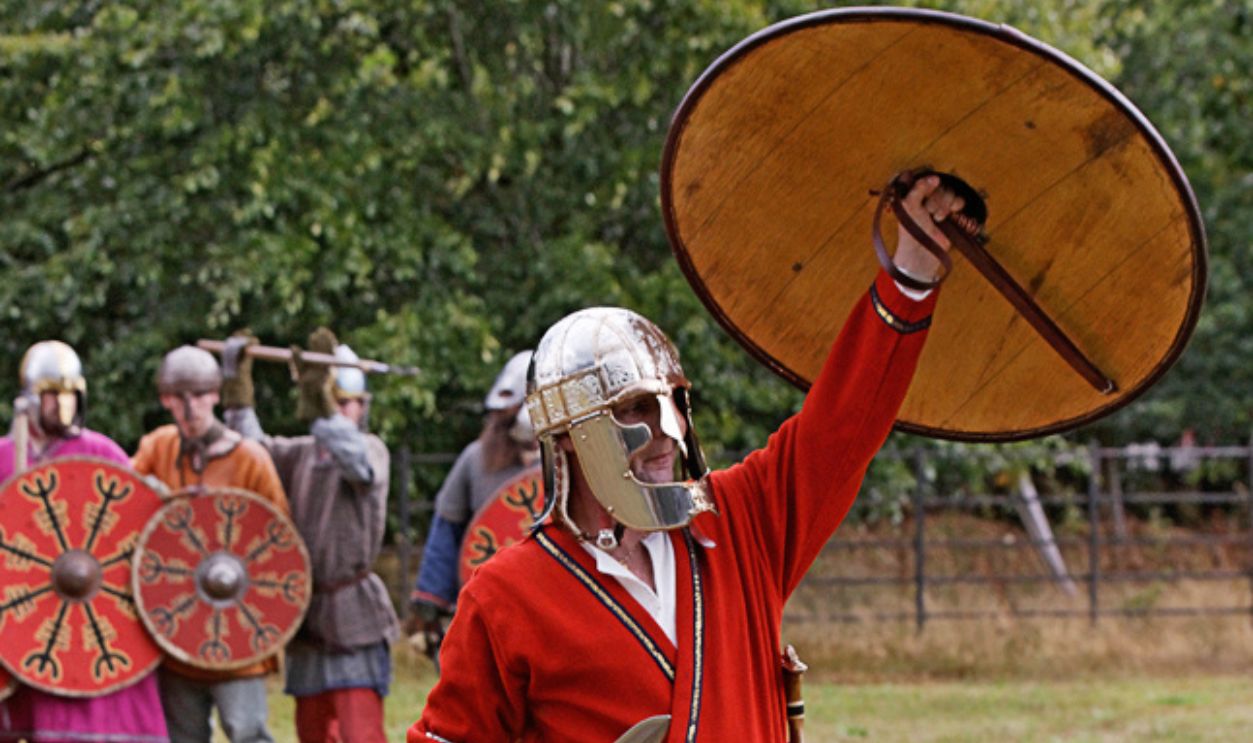 WyrdLight.com, CC BY 3.0, Wikimedia Commons
WyrdLight.com, CC BY 3.0, Wikimedia Commons
The Role Of The Sagas
The sagas that chronicle Viking adventures in North America are part history, part legend. It’s possible the challenges they faced were exaggerated—or underplayed—depending on who was telling the tale. As we all know, there have been records of tale-twisting, so it’s no surprise.
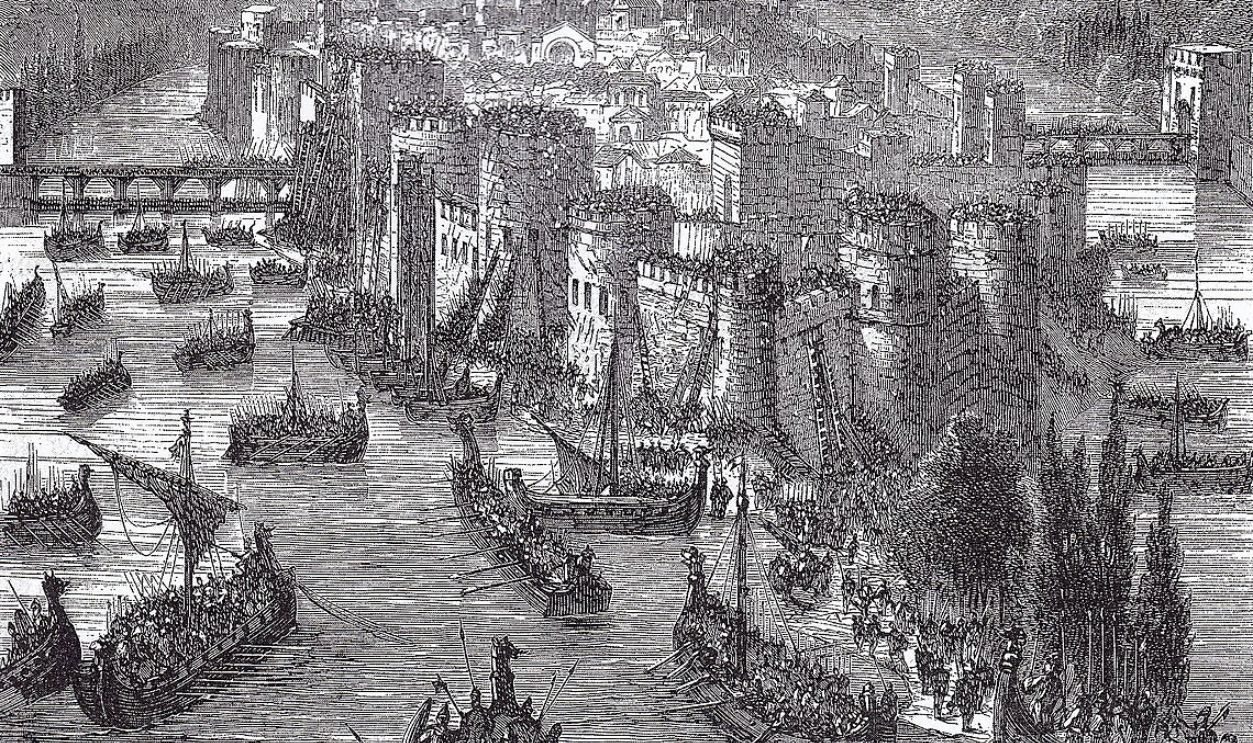 Unknown author, Wikimedia Commons
Unknown author, Wikimedia Commons
The Limited Scale Of Exploration
Viking exploration of North America was likely more of a scouting mission than a full-fledged colonization attempt. Once they saw the challenges, they decided to move on. It seemed like the hustle wasn’t worth it.
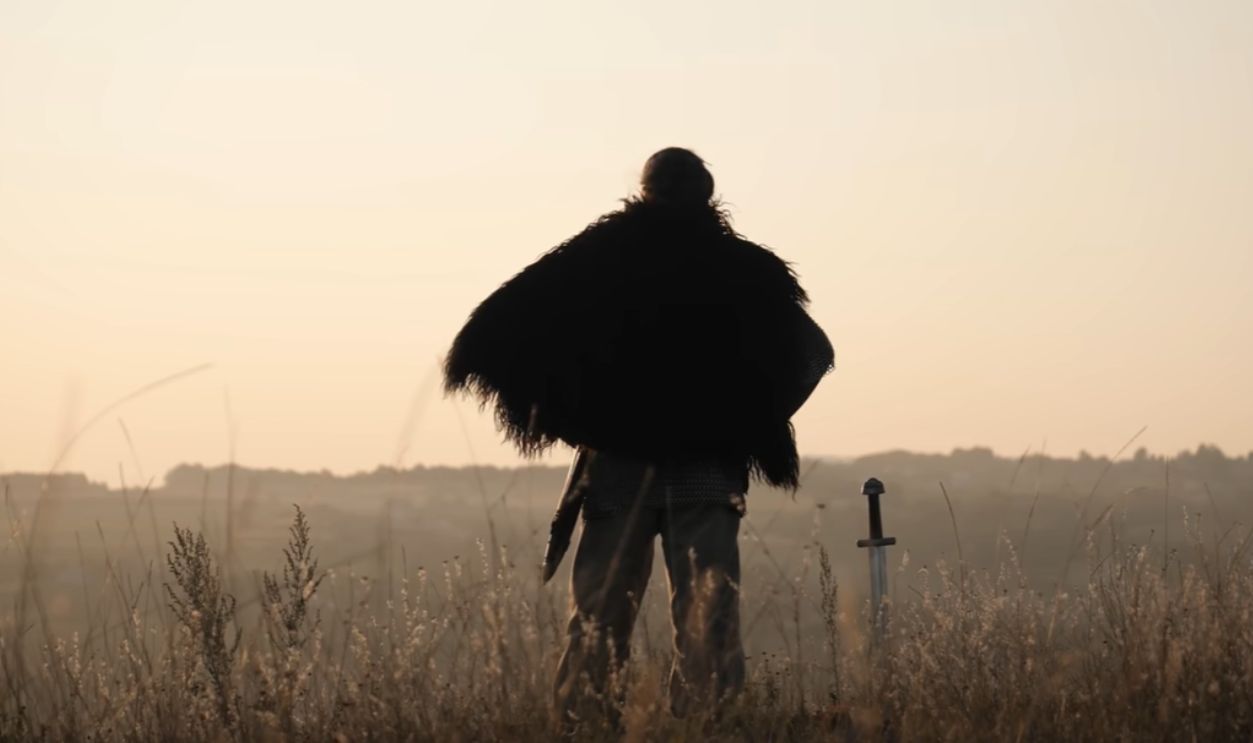 4. The Greenland Vikings - Land of the Midnight Sun by Fall of Civilizations
4. The Greenland Vikings - Land of the Midnight Sun by Fall of Civilizations
The End Of The Viking Age
By the time they reached North America, the Viking Age was already winding down their reign. Internal conflicts and the rise of centralized kingdoms in Scandinavia shifted focus away from exploration. They were now focusing on dipping their roots into stability that exploration doesn’t offer.

